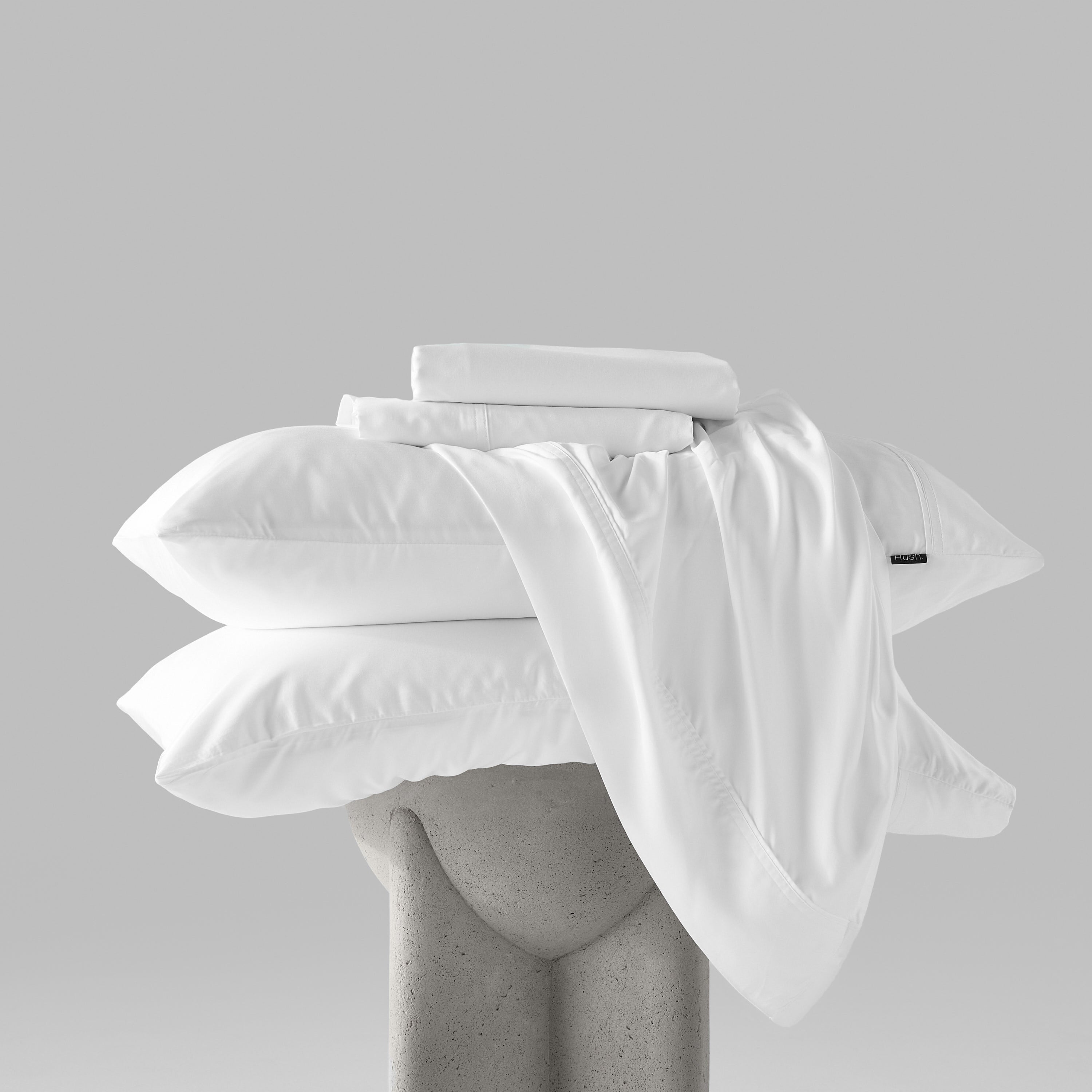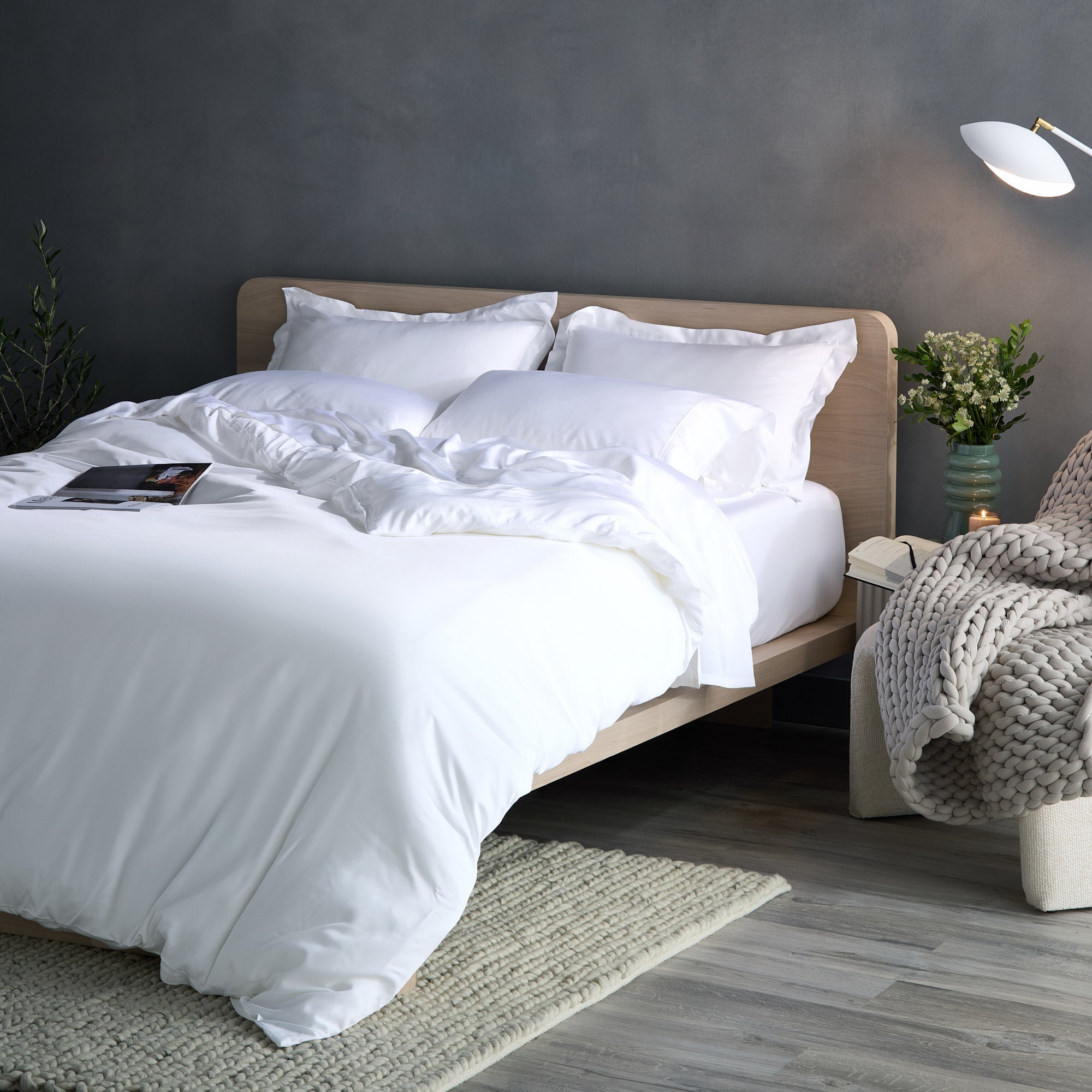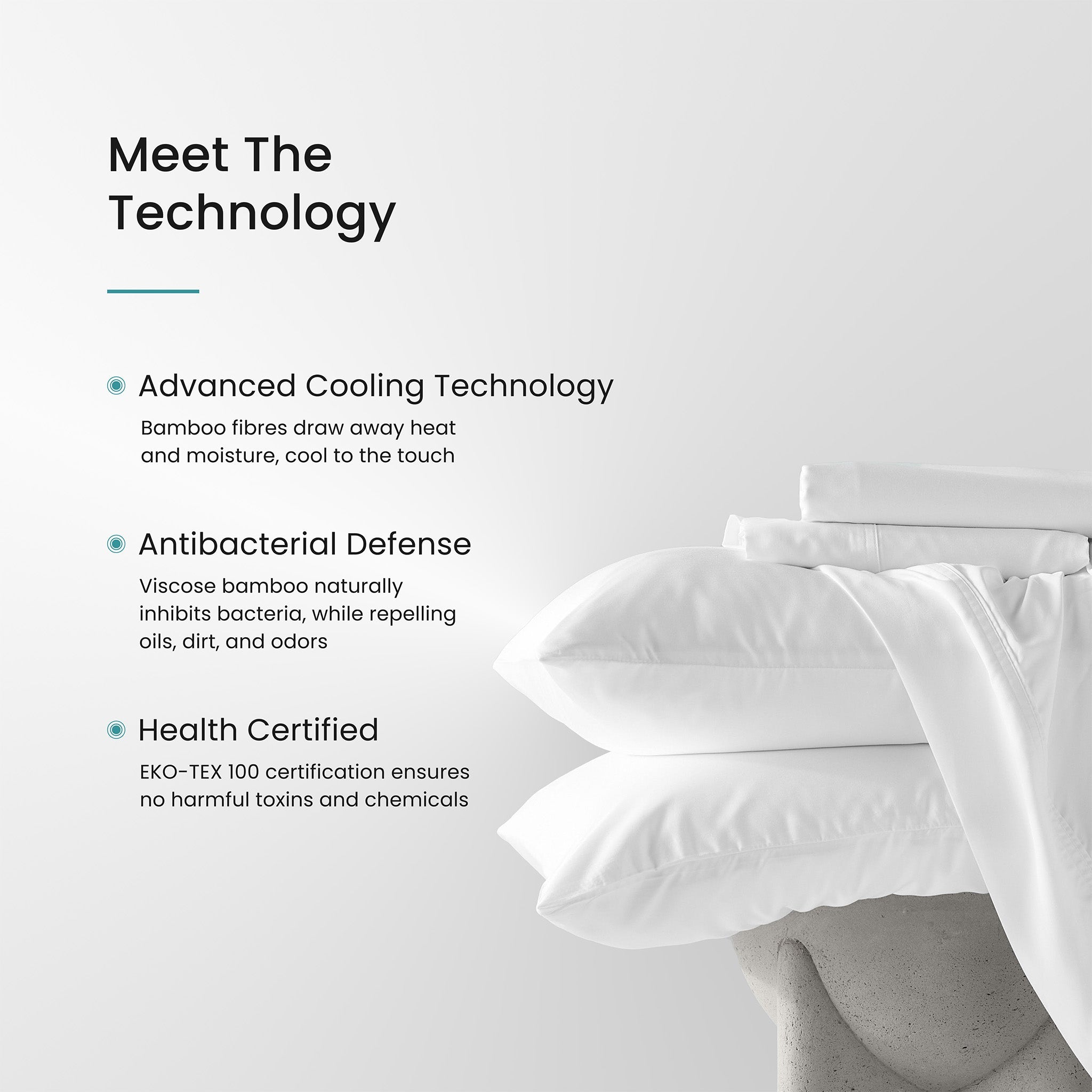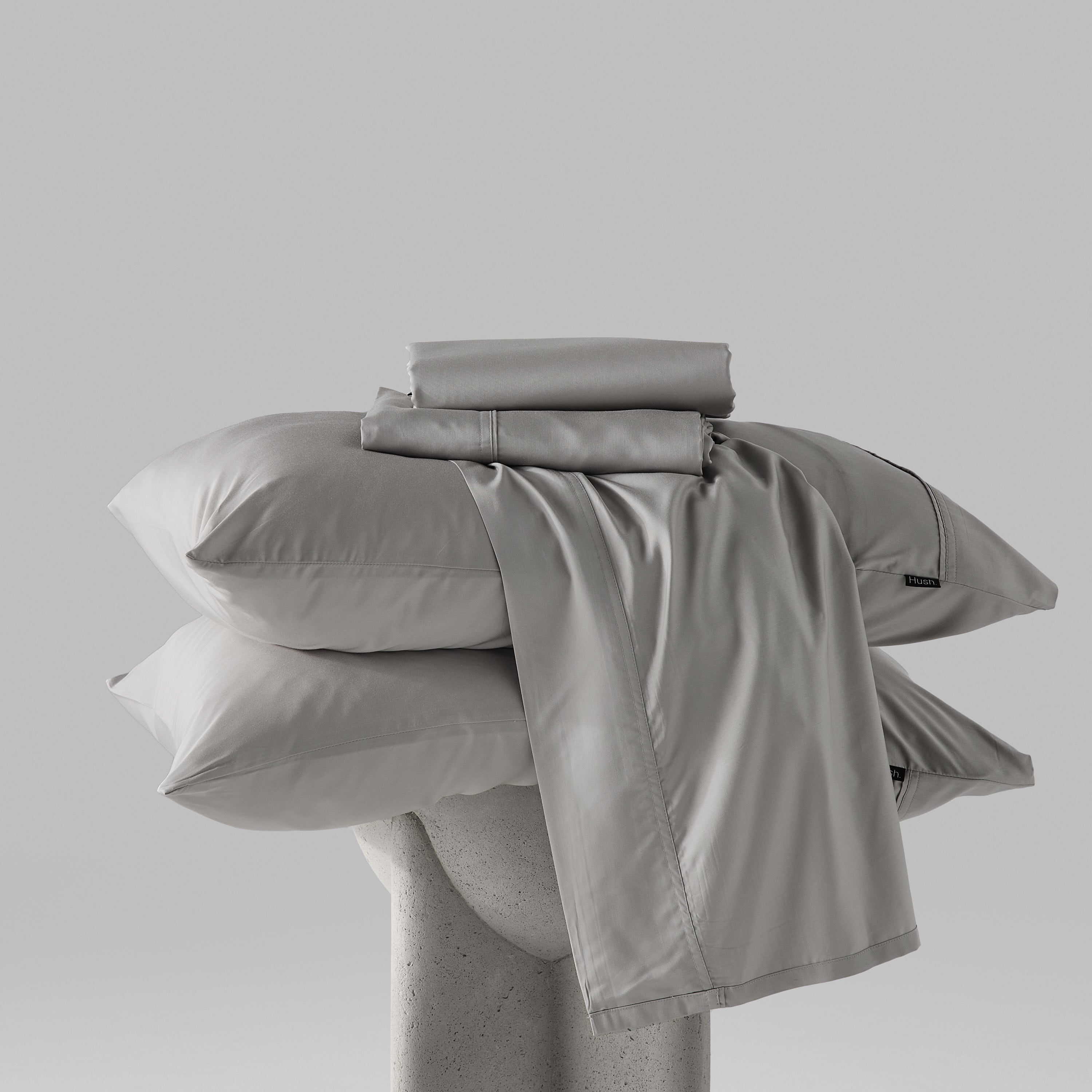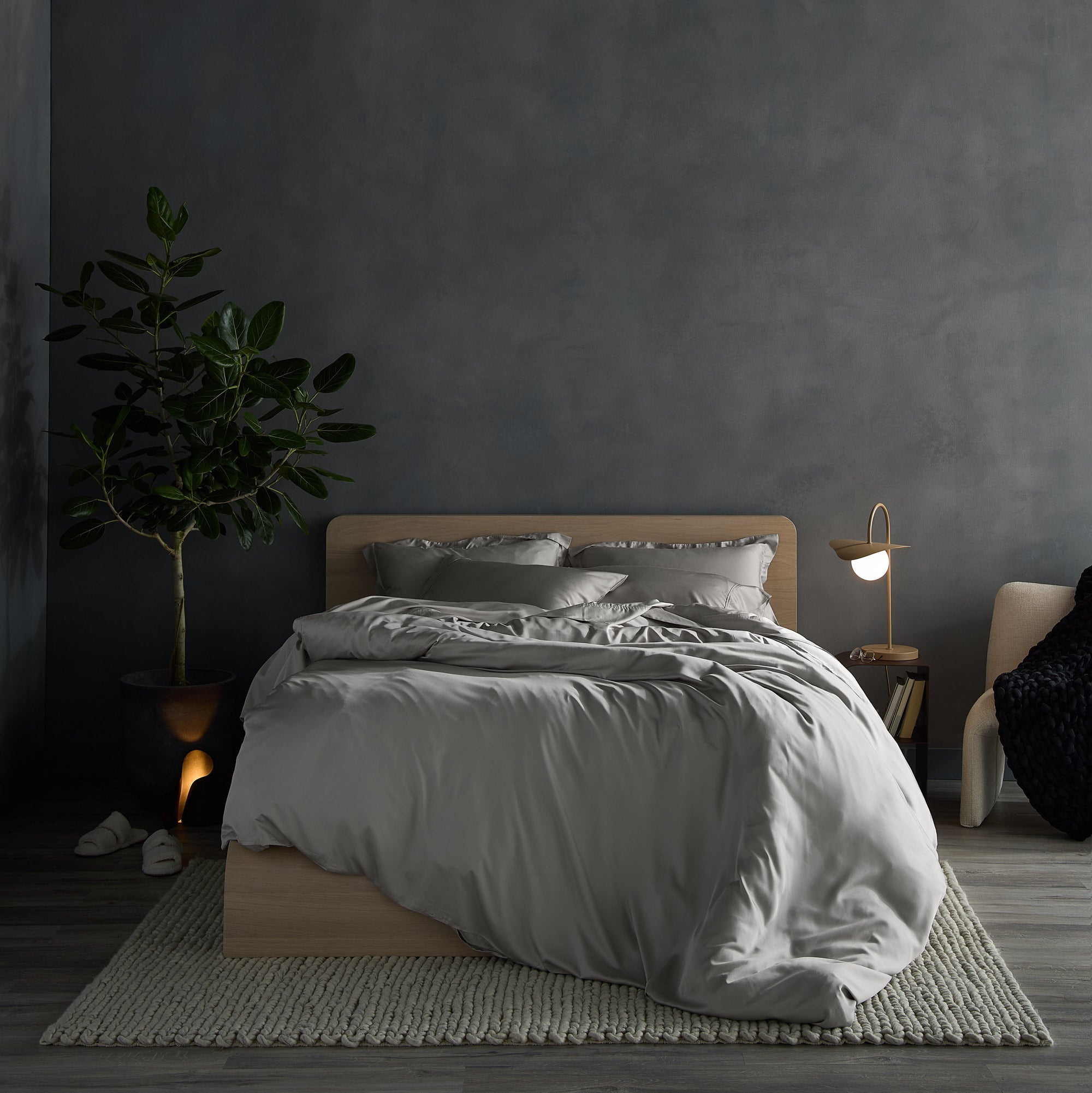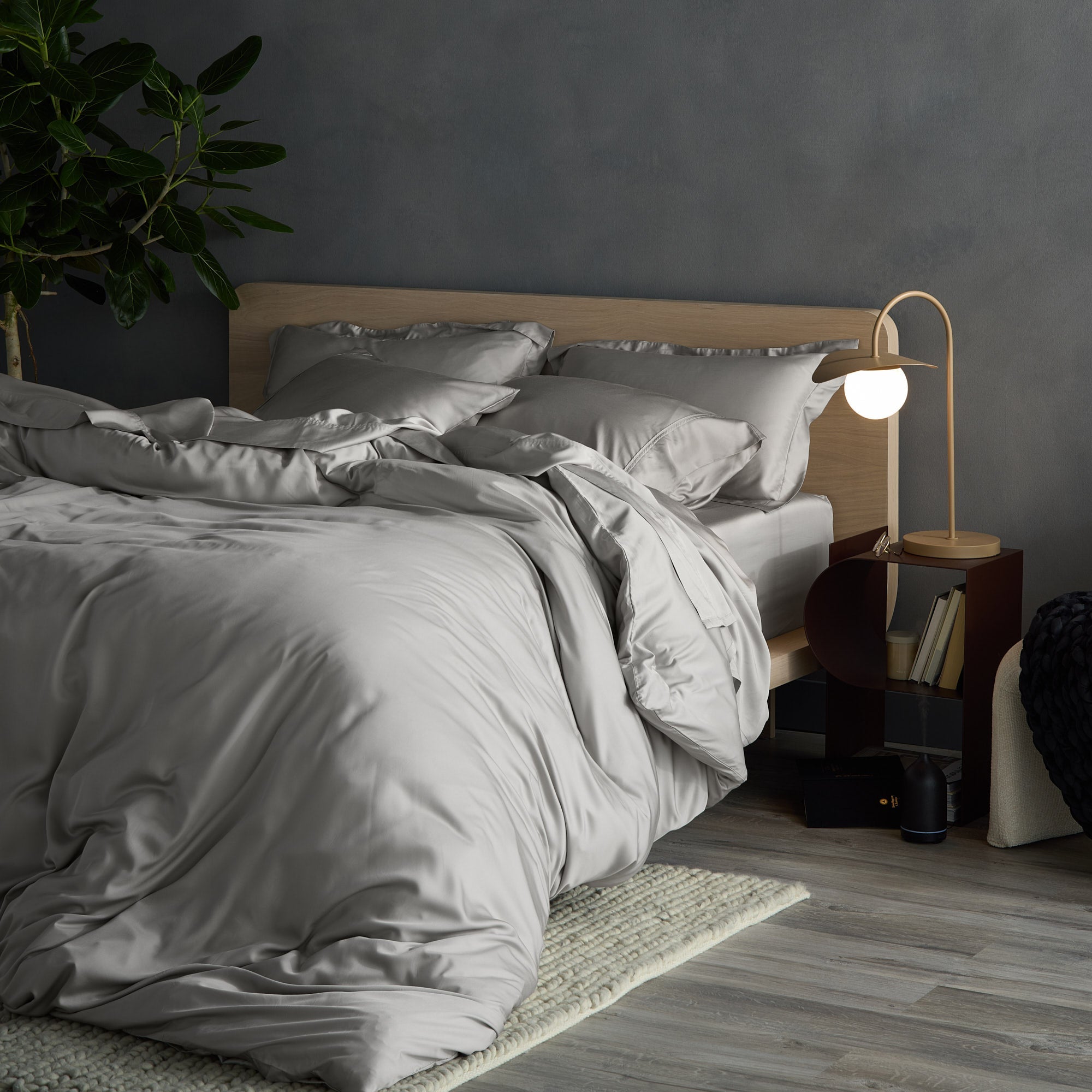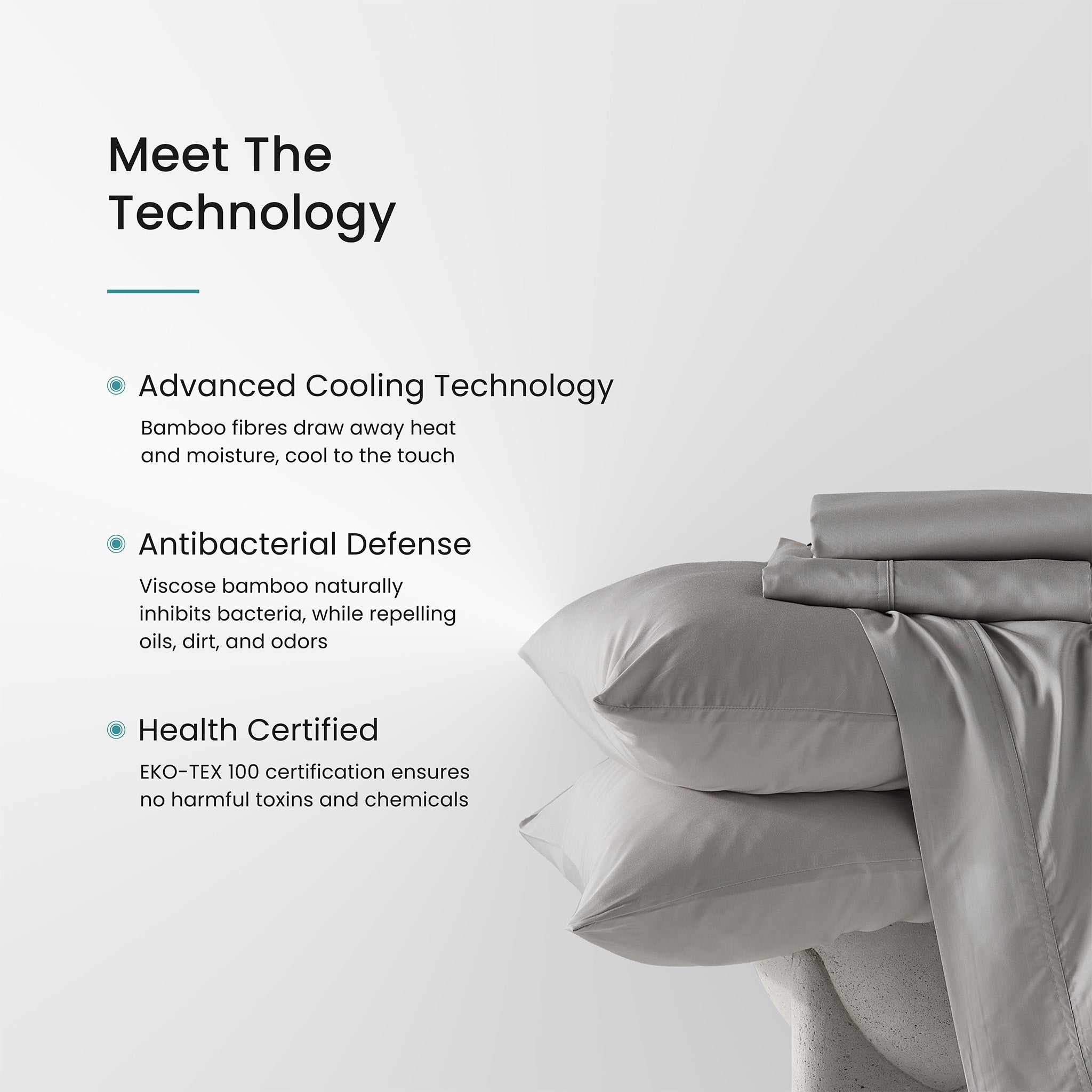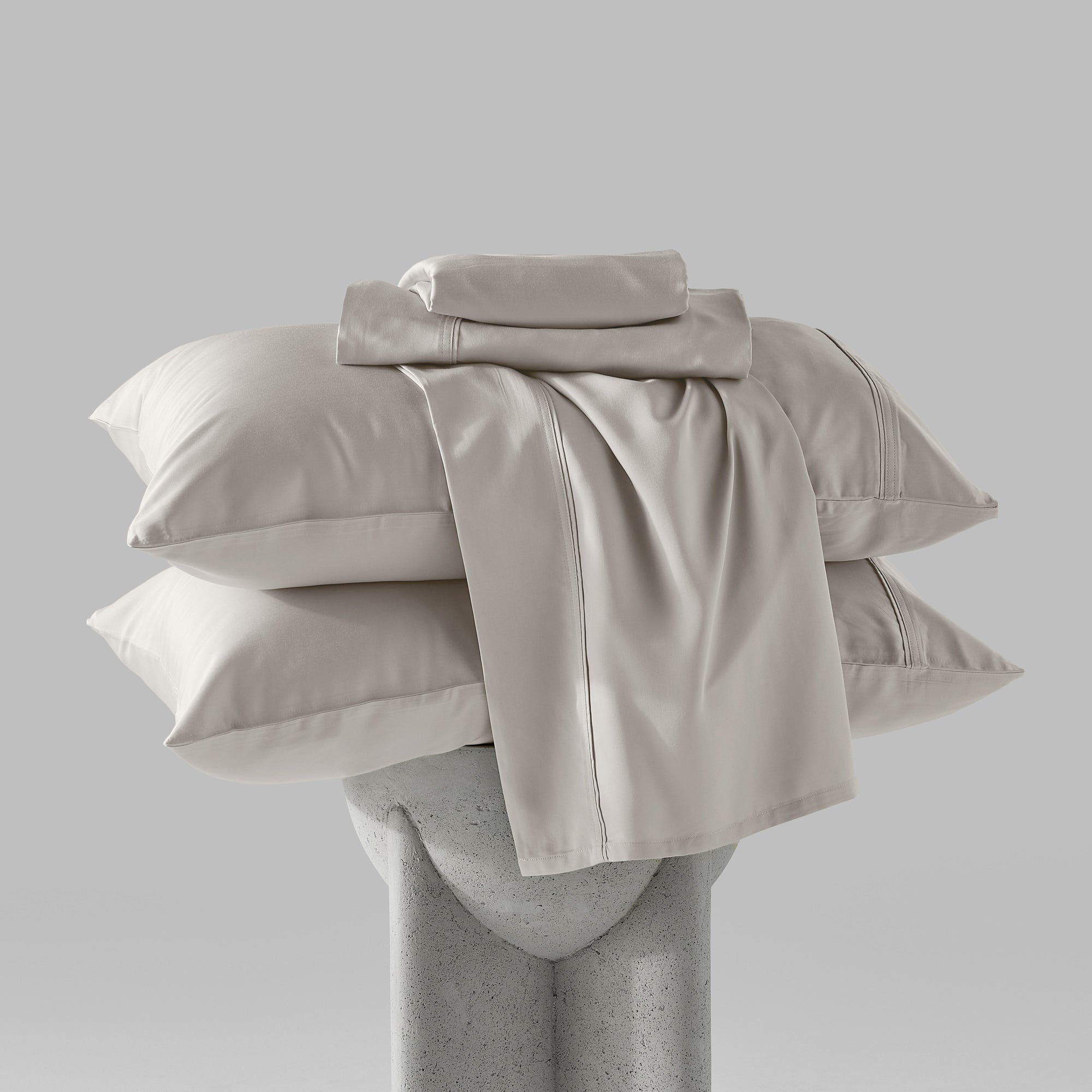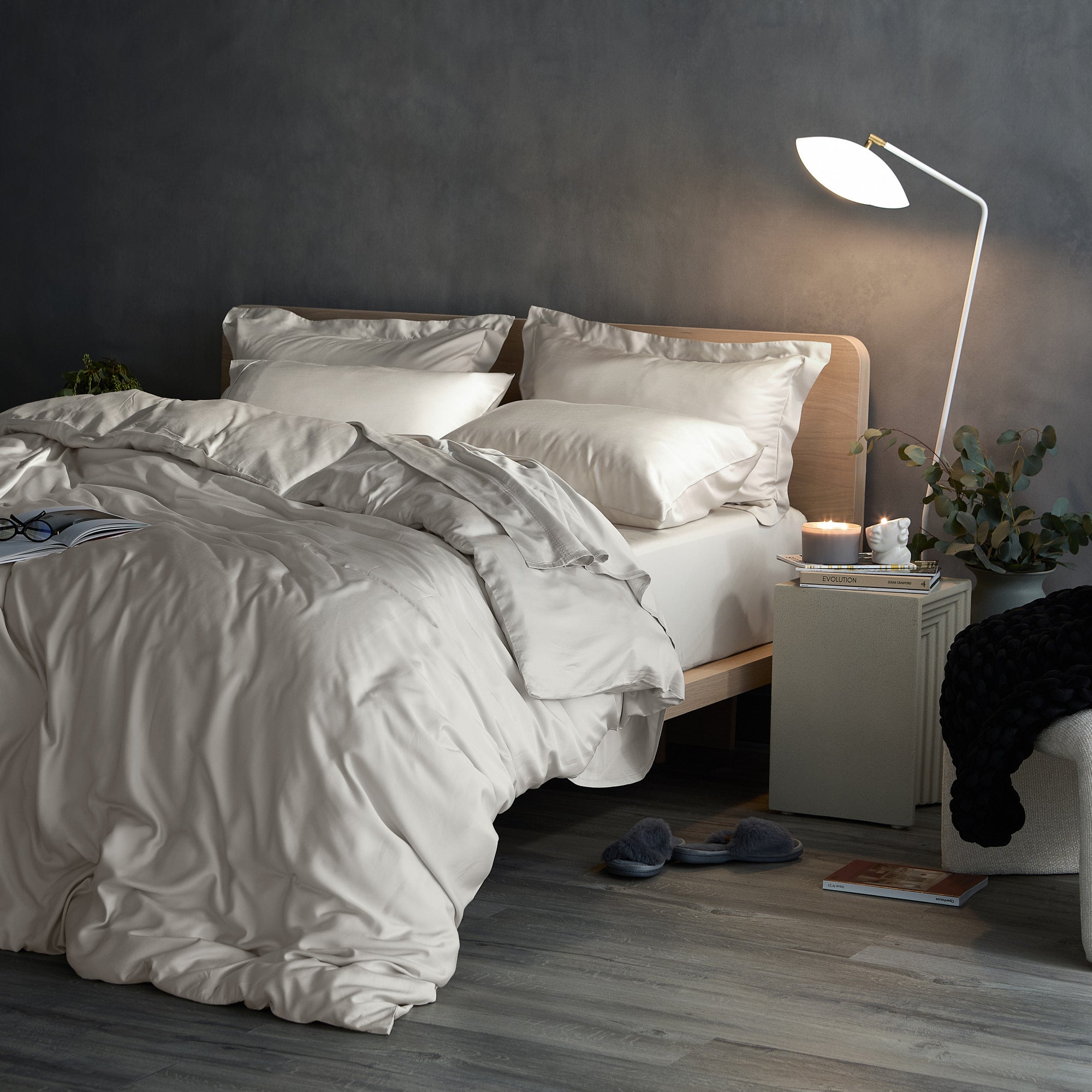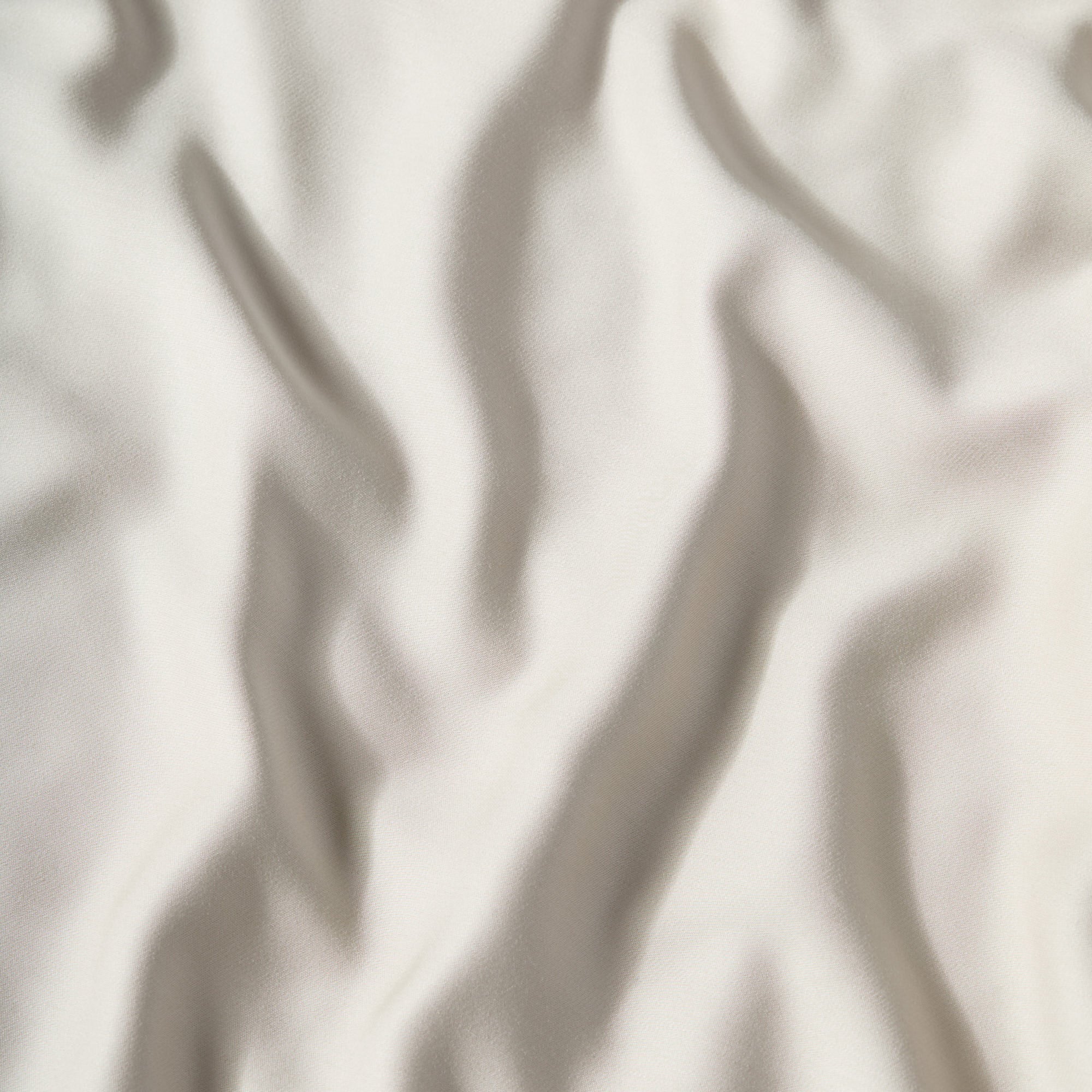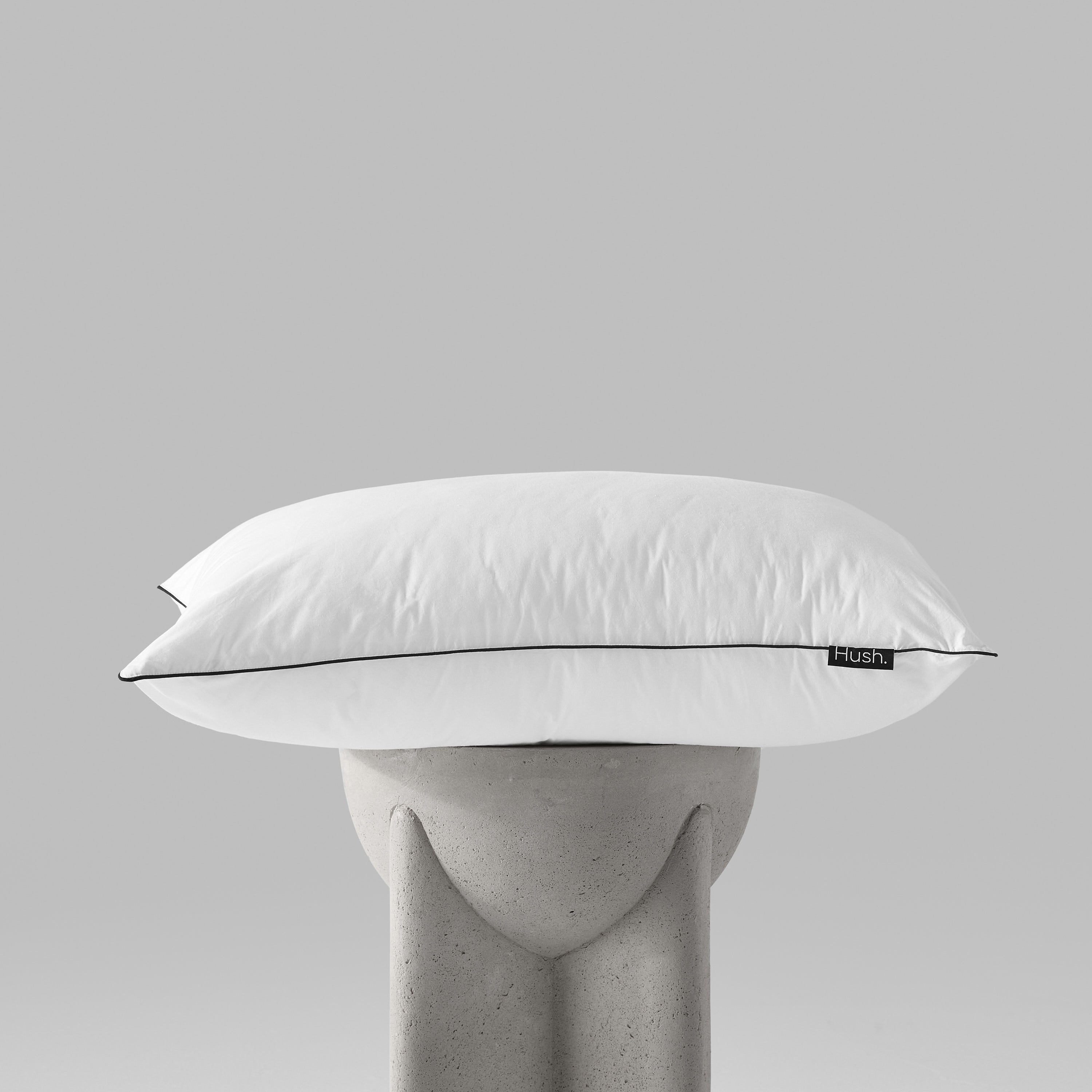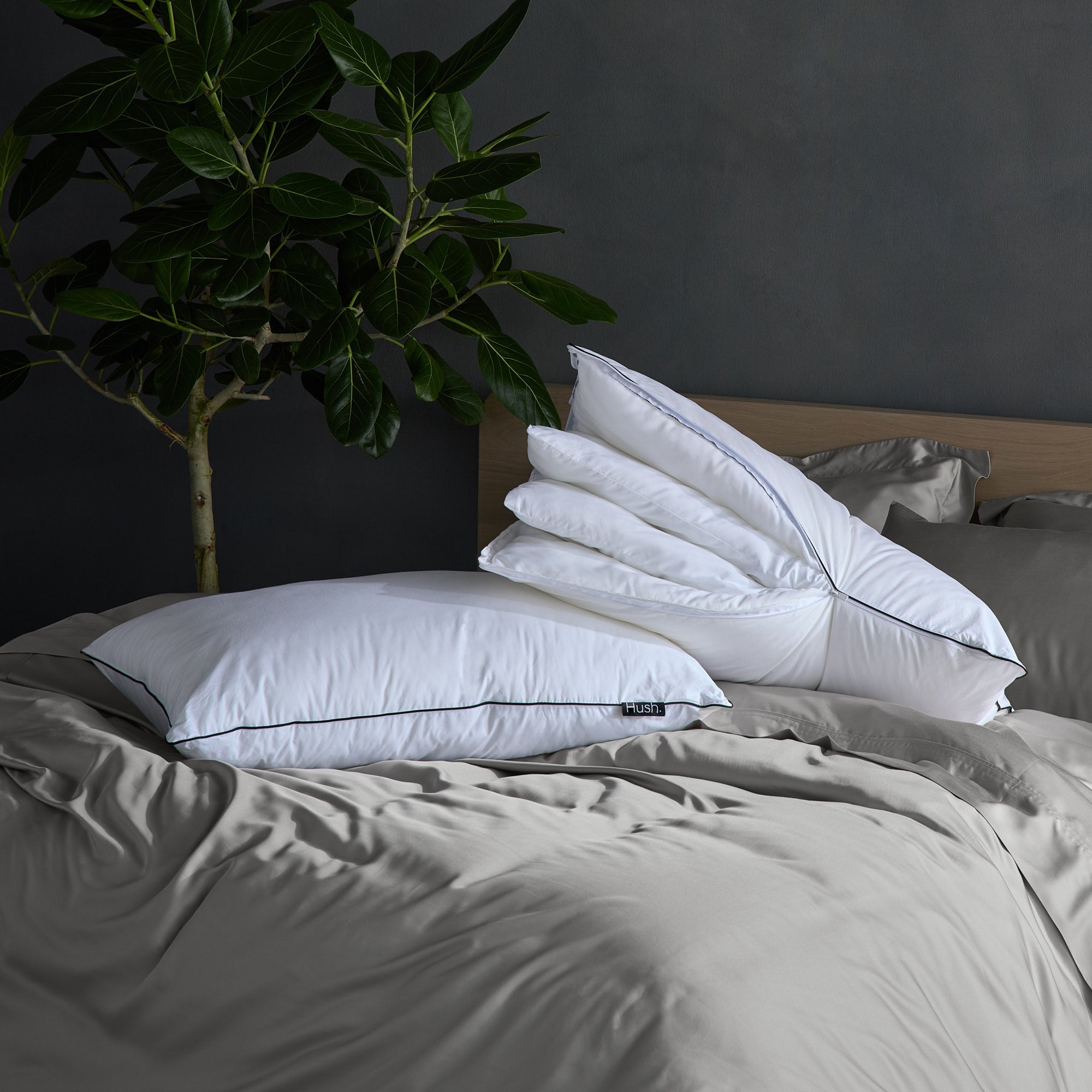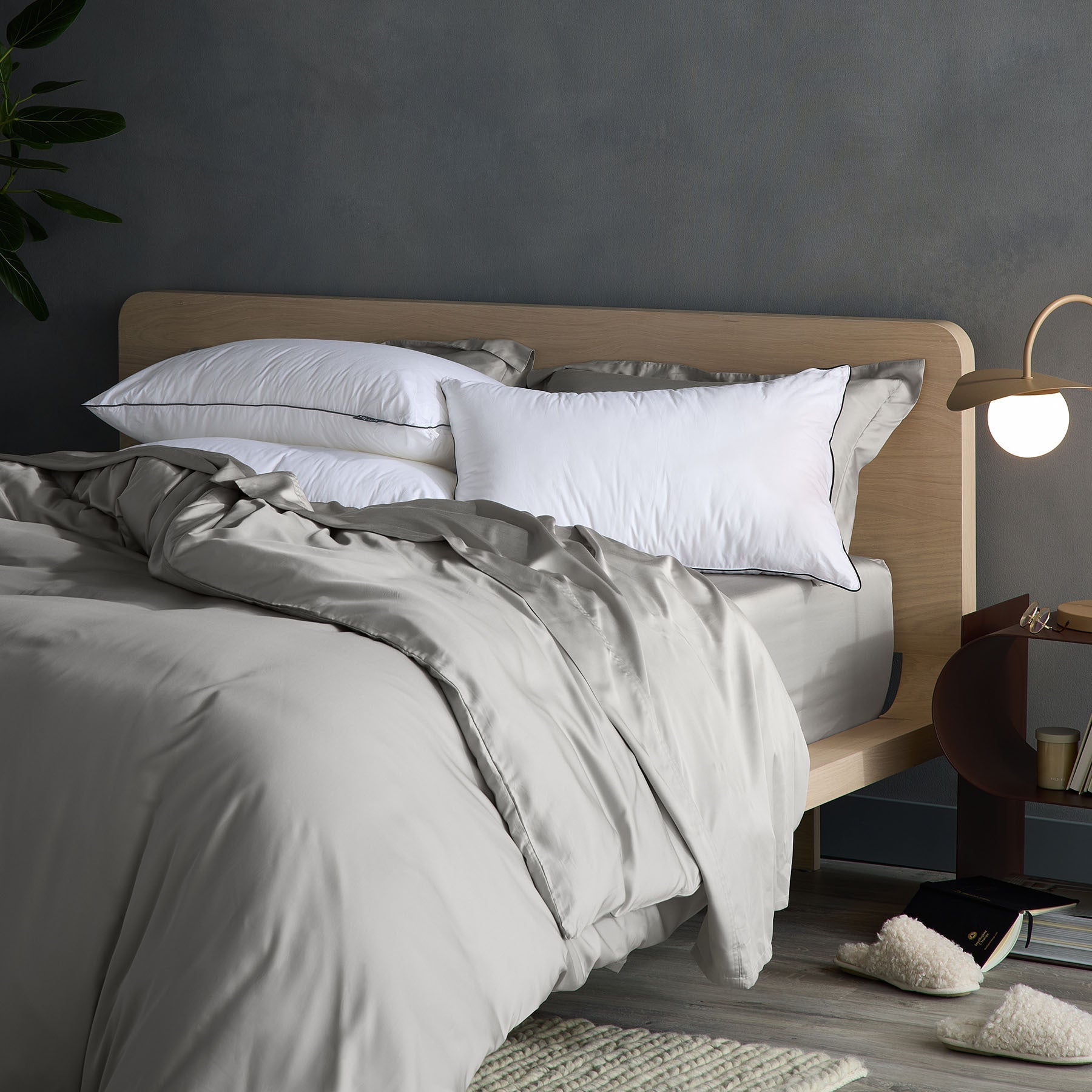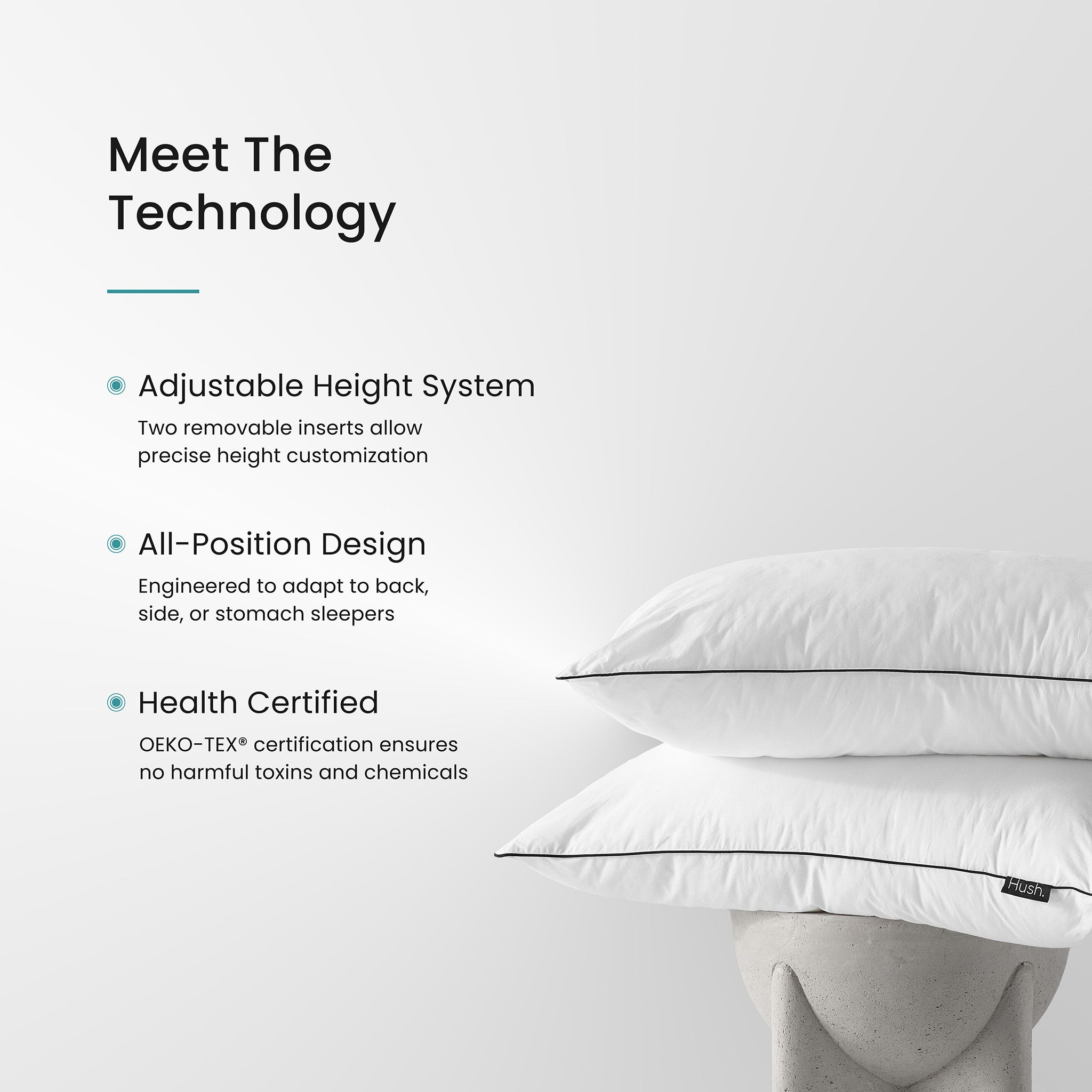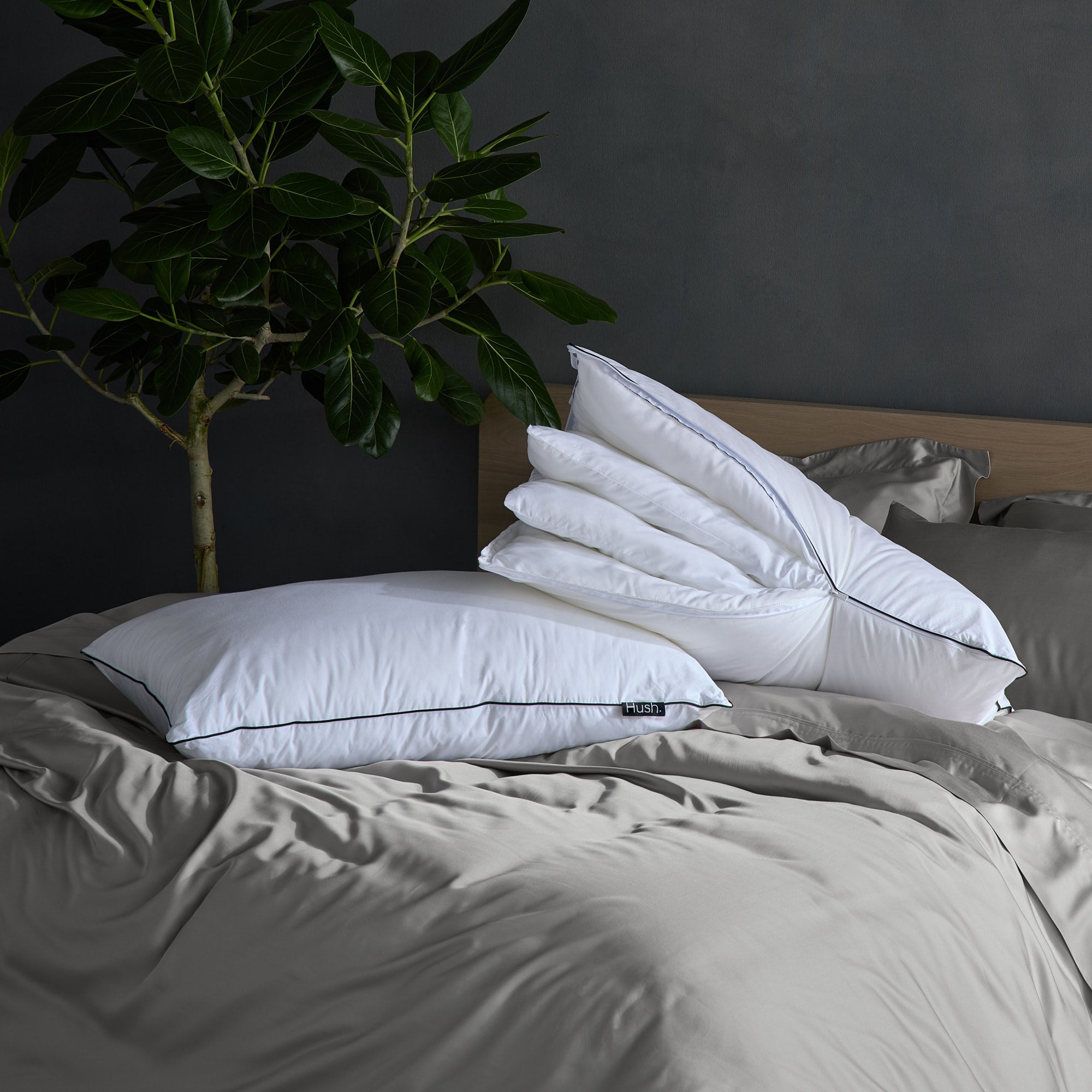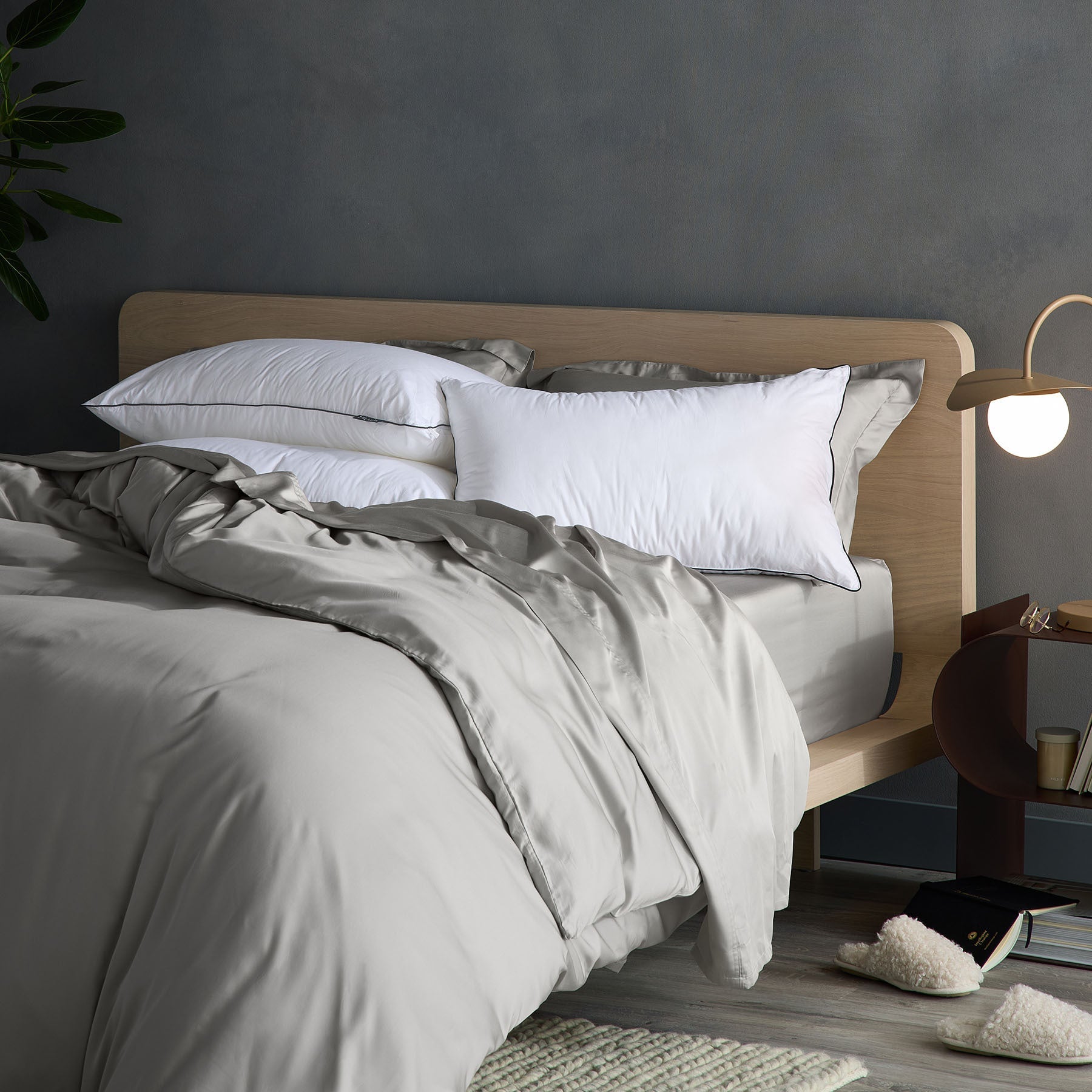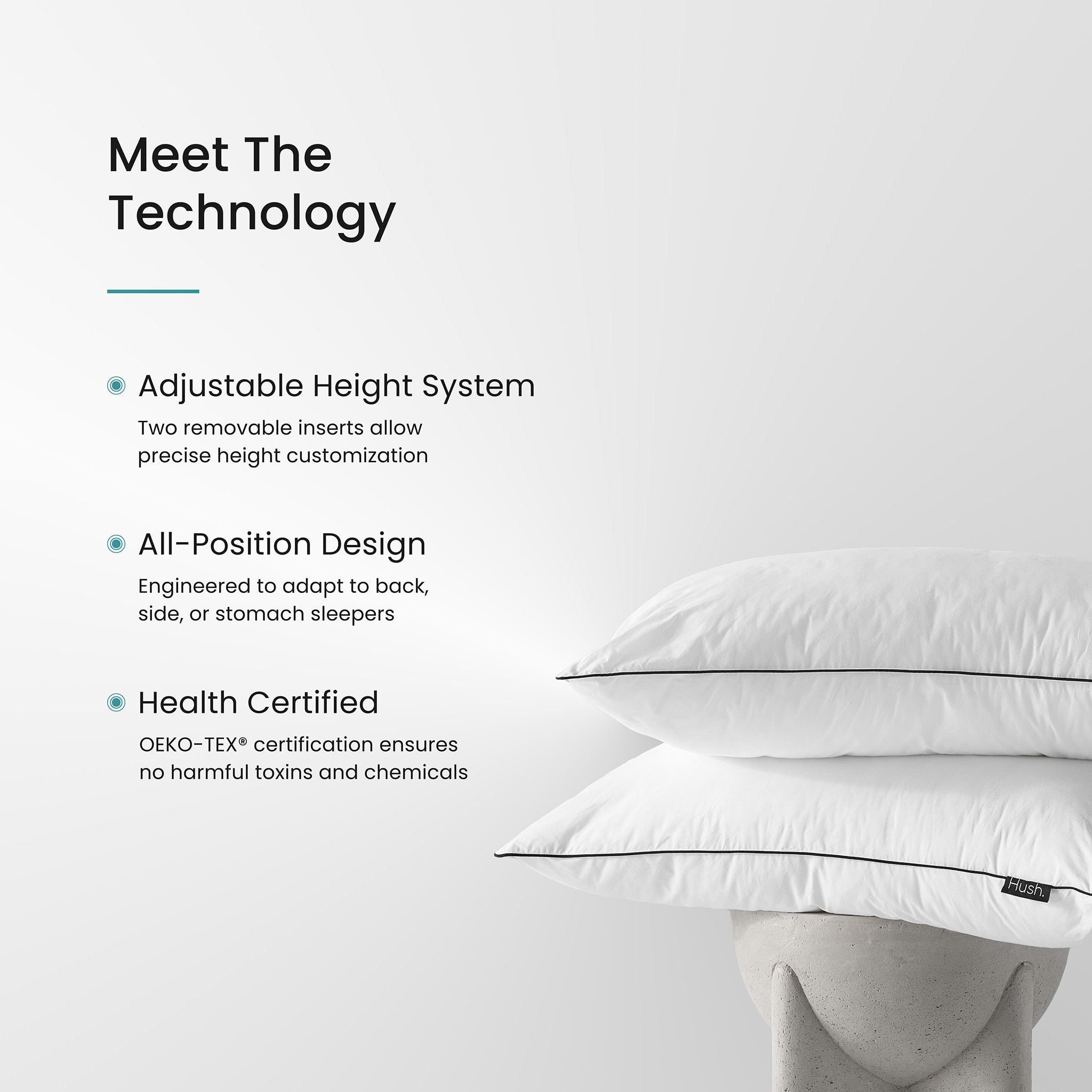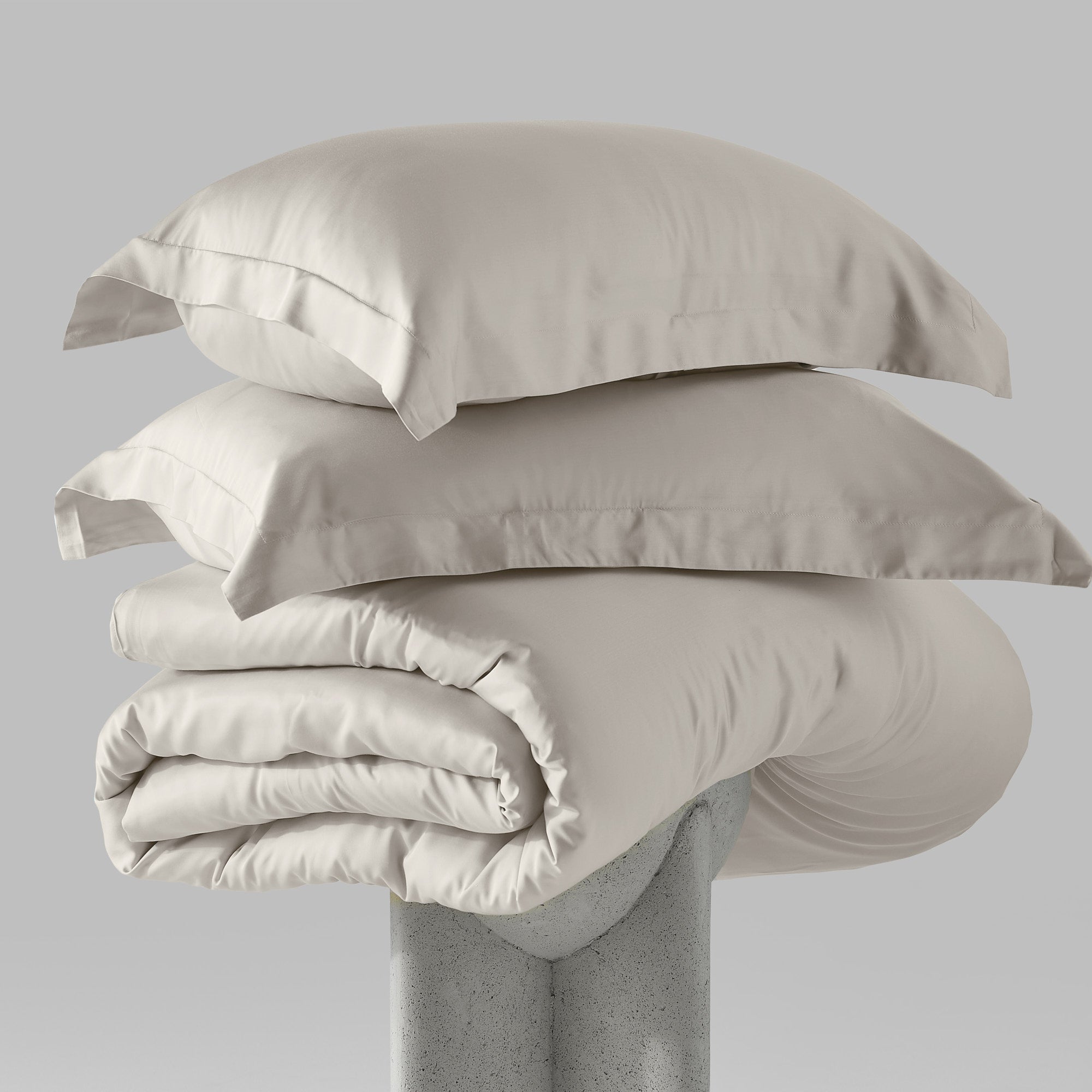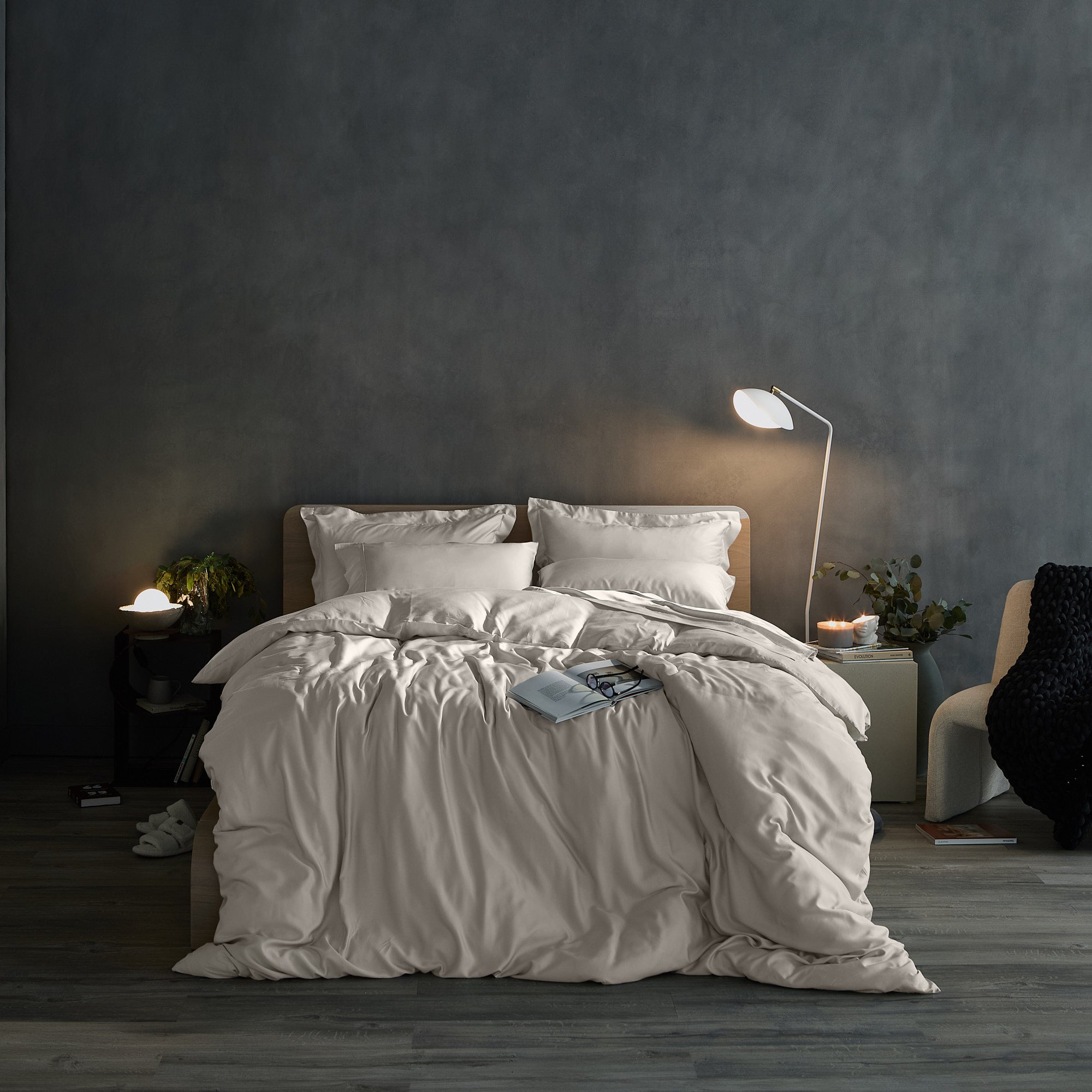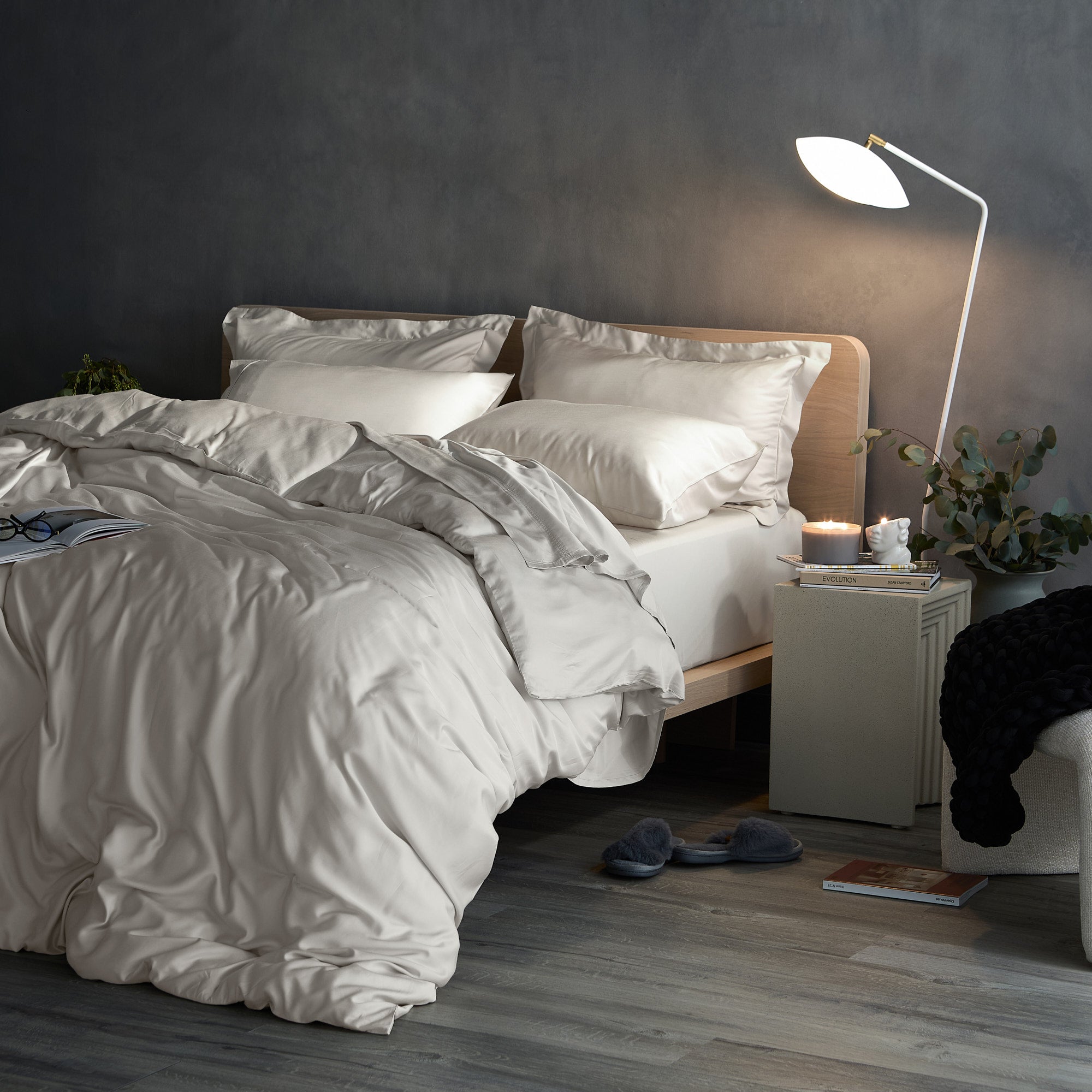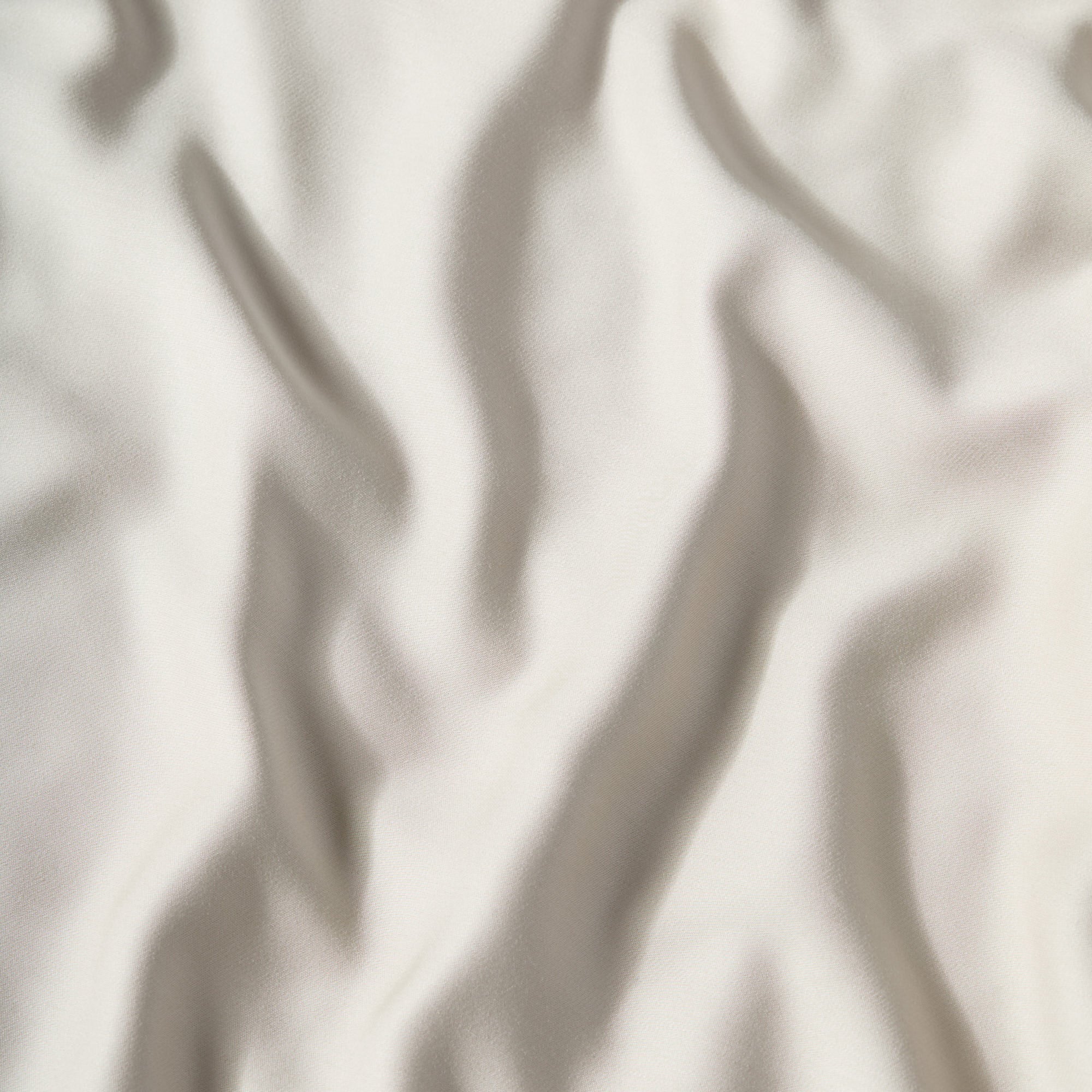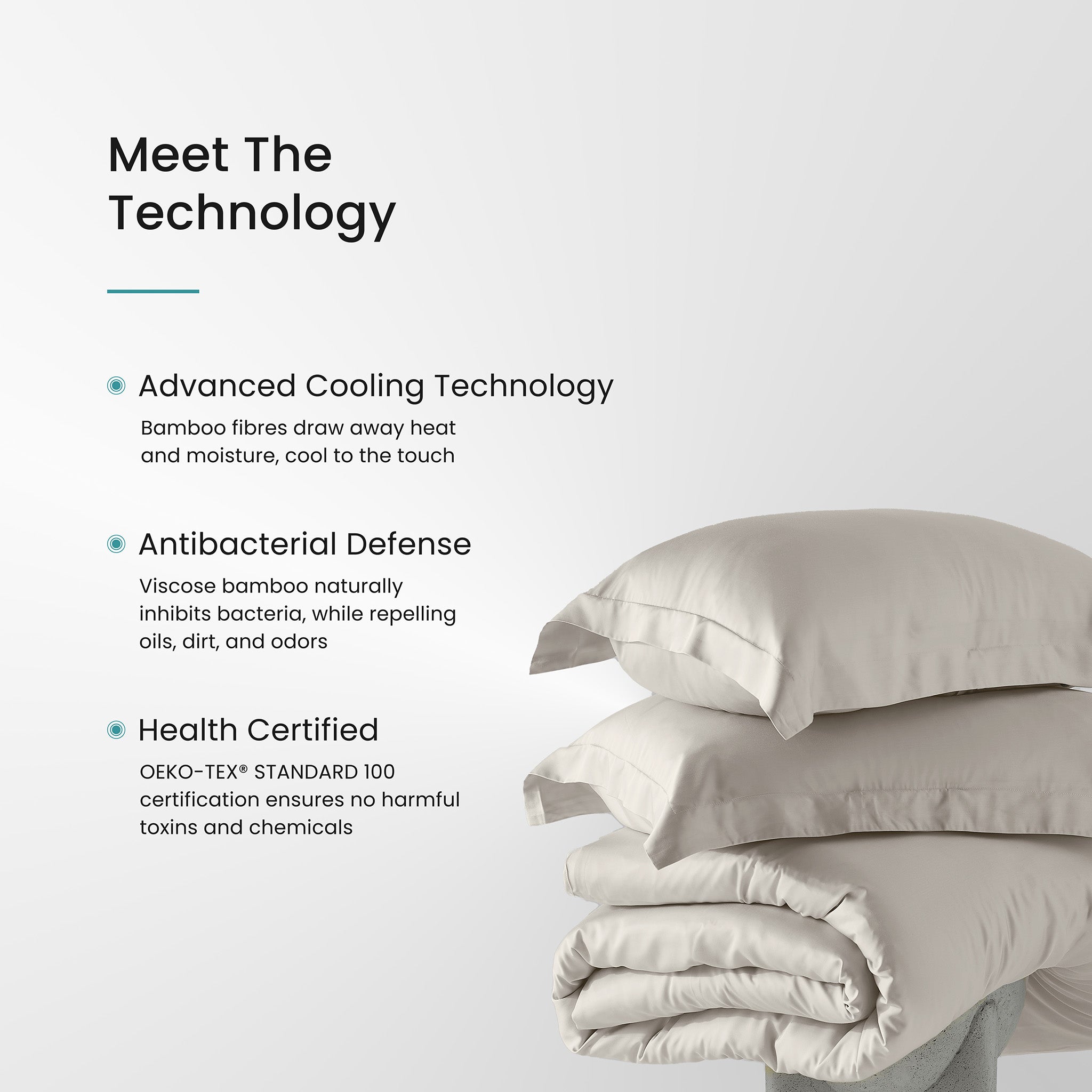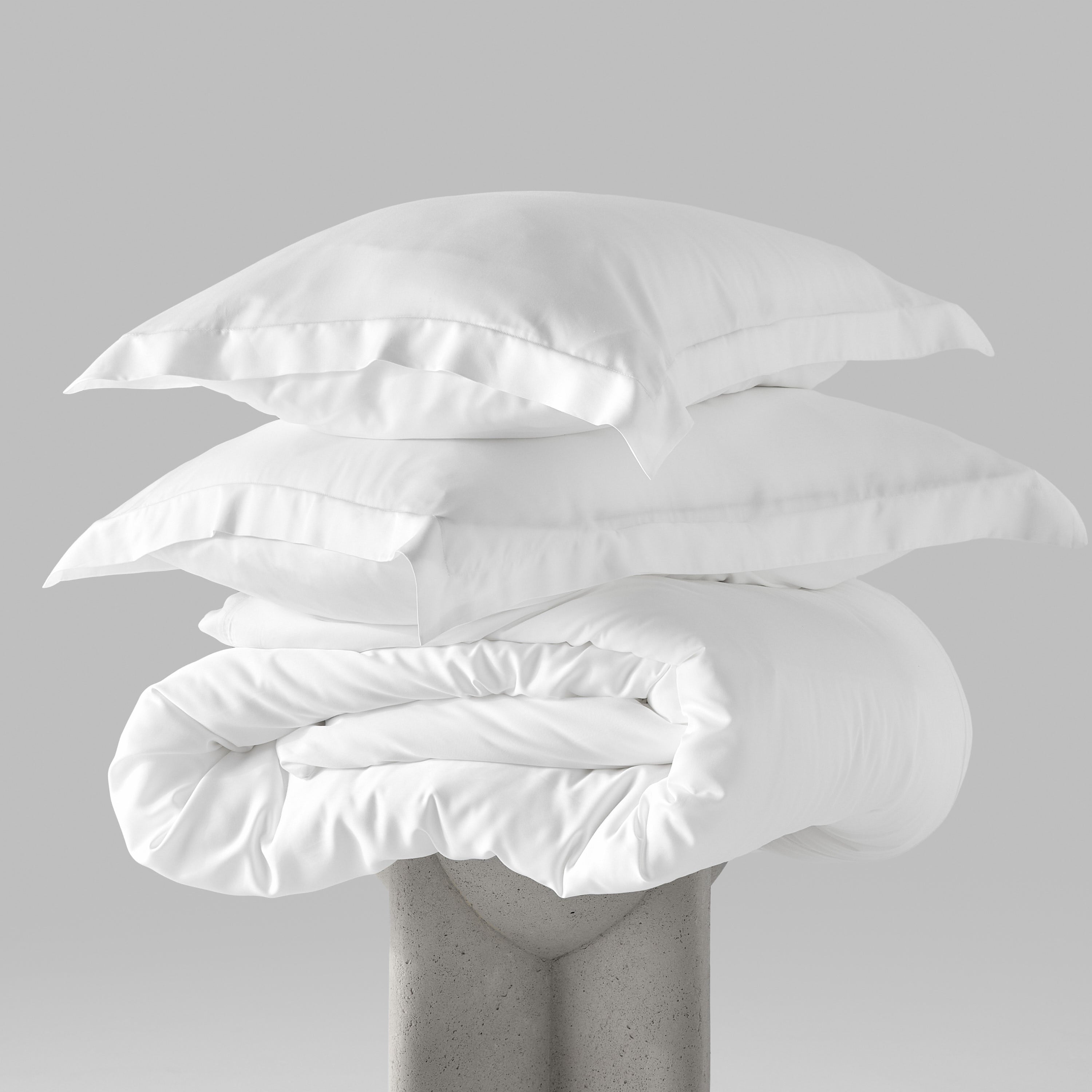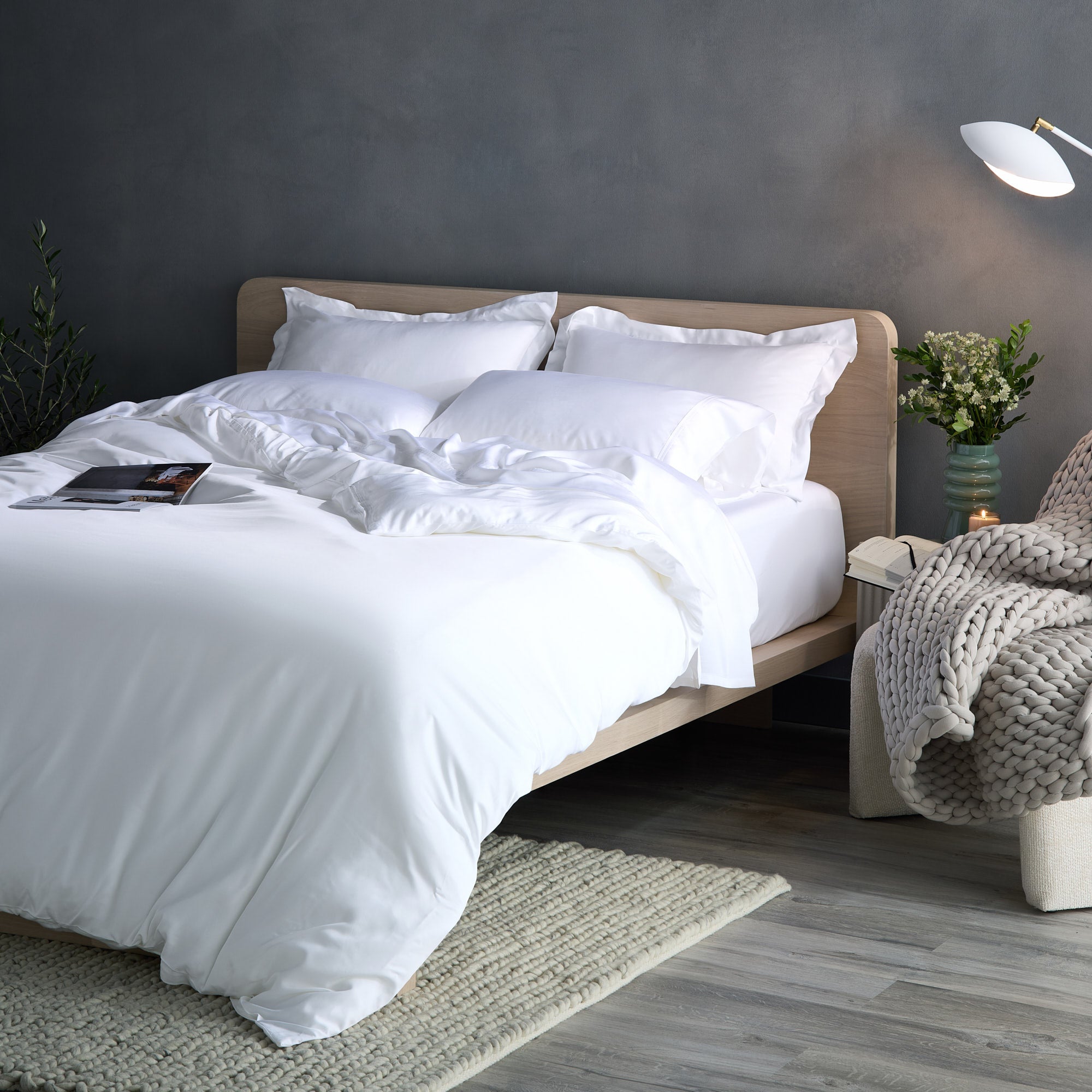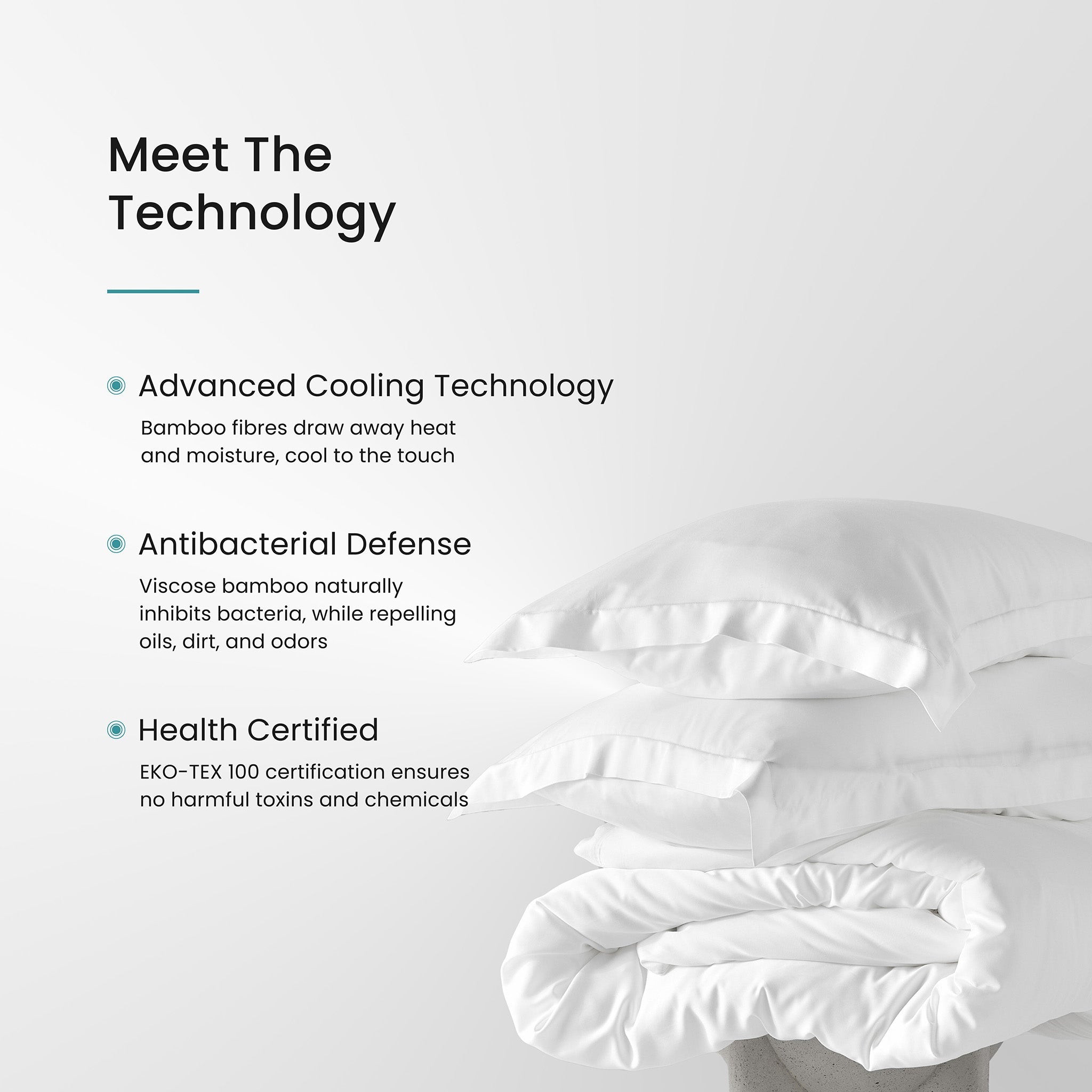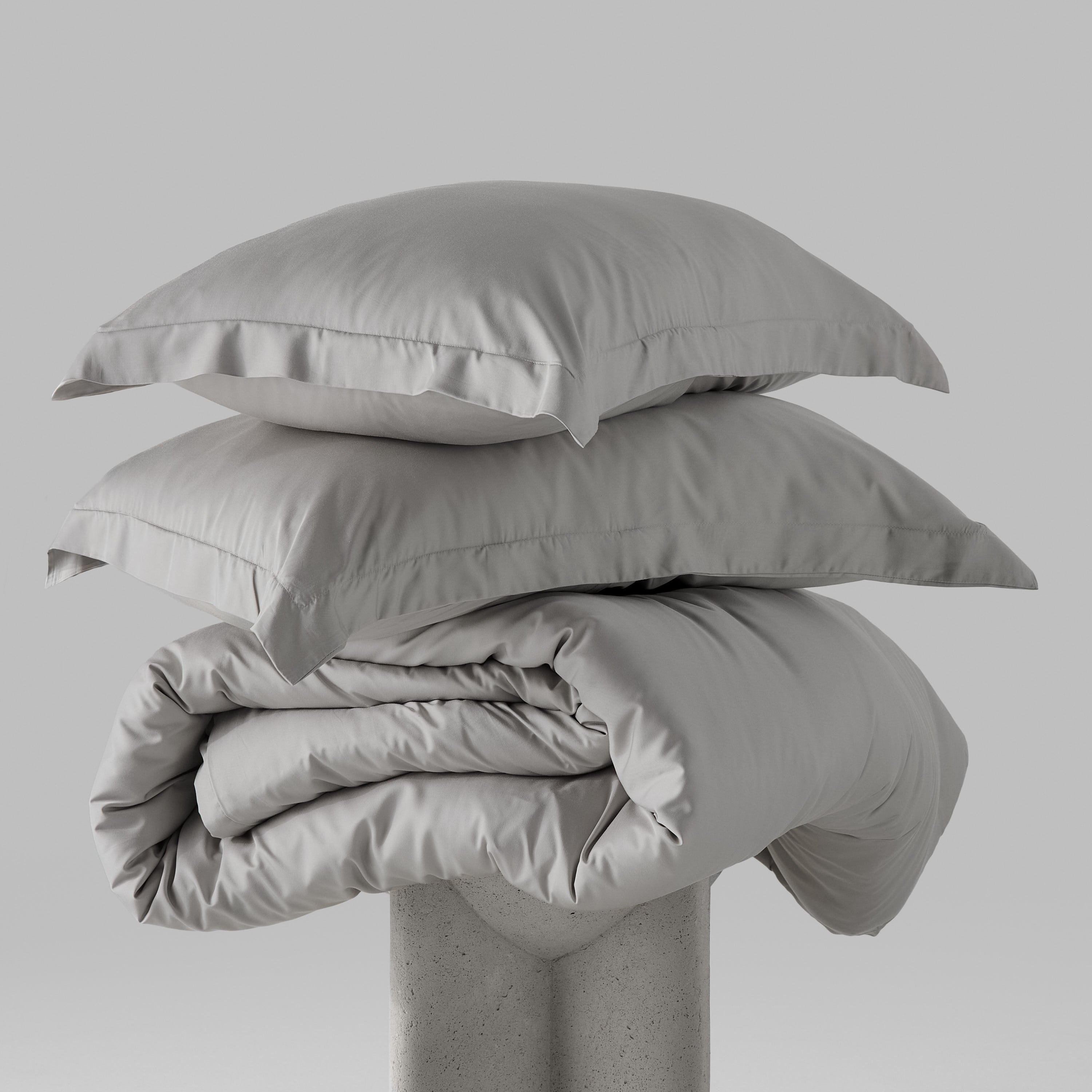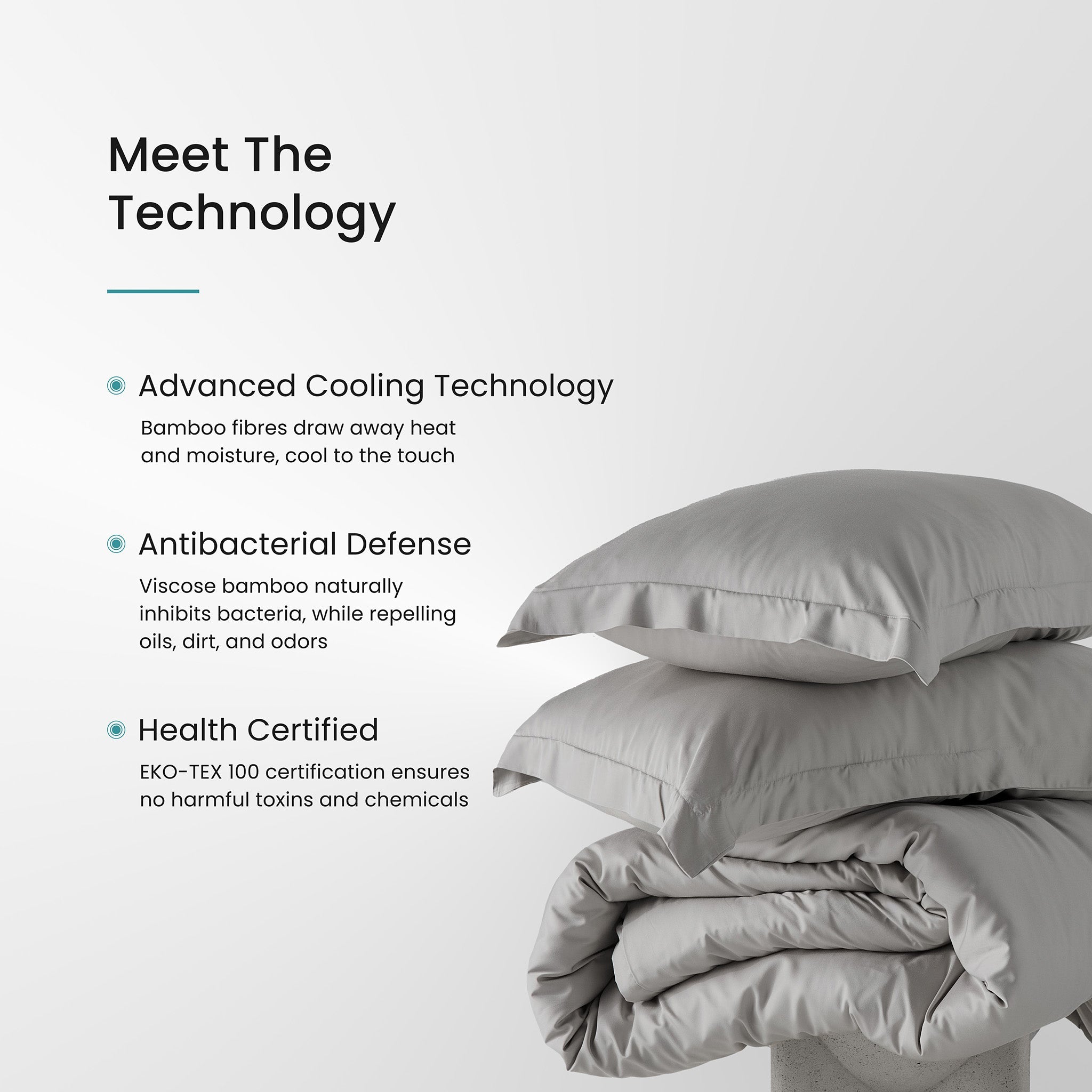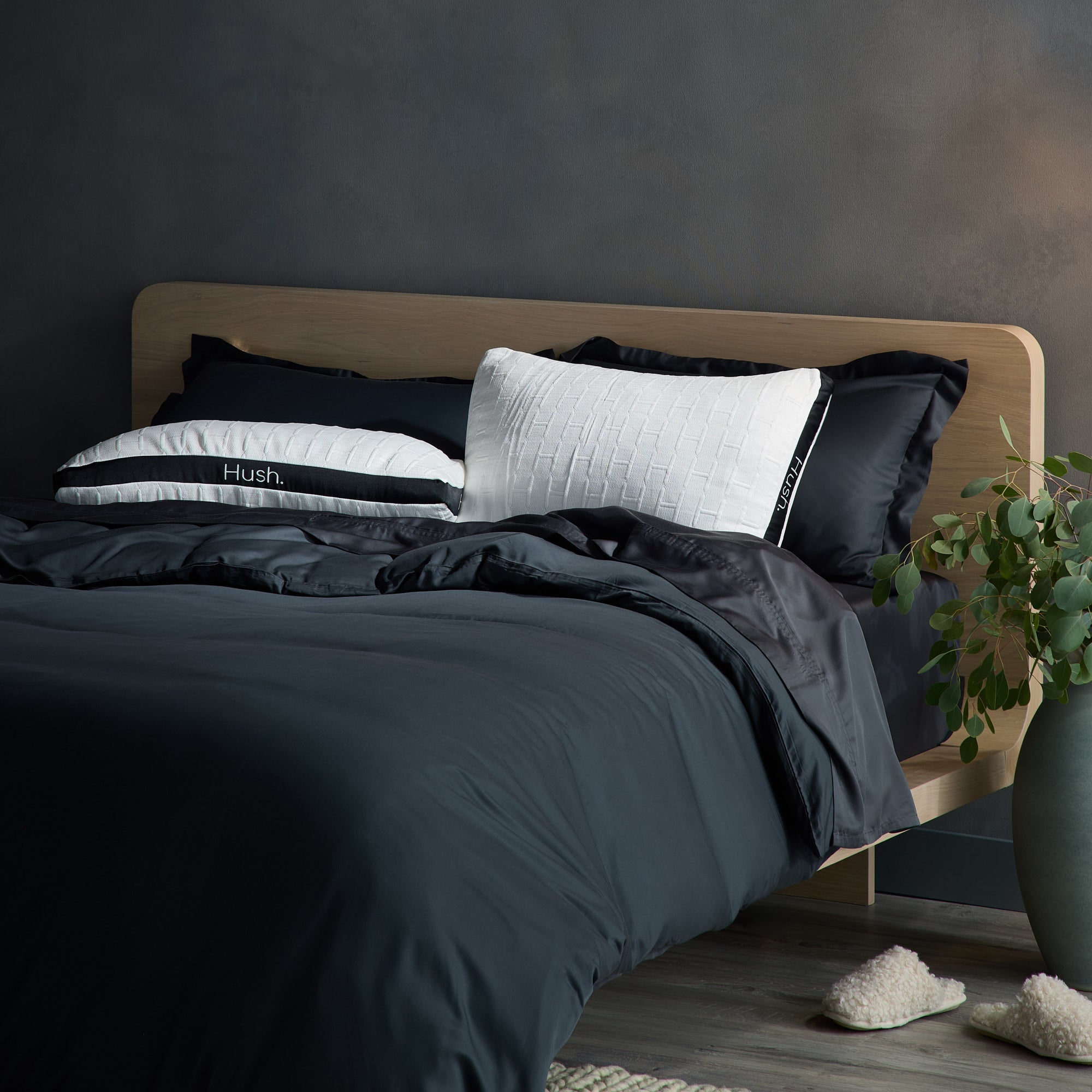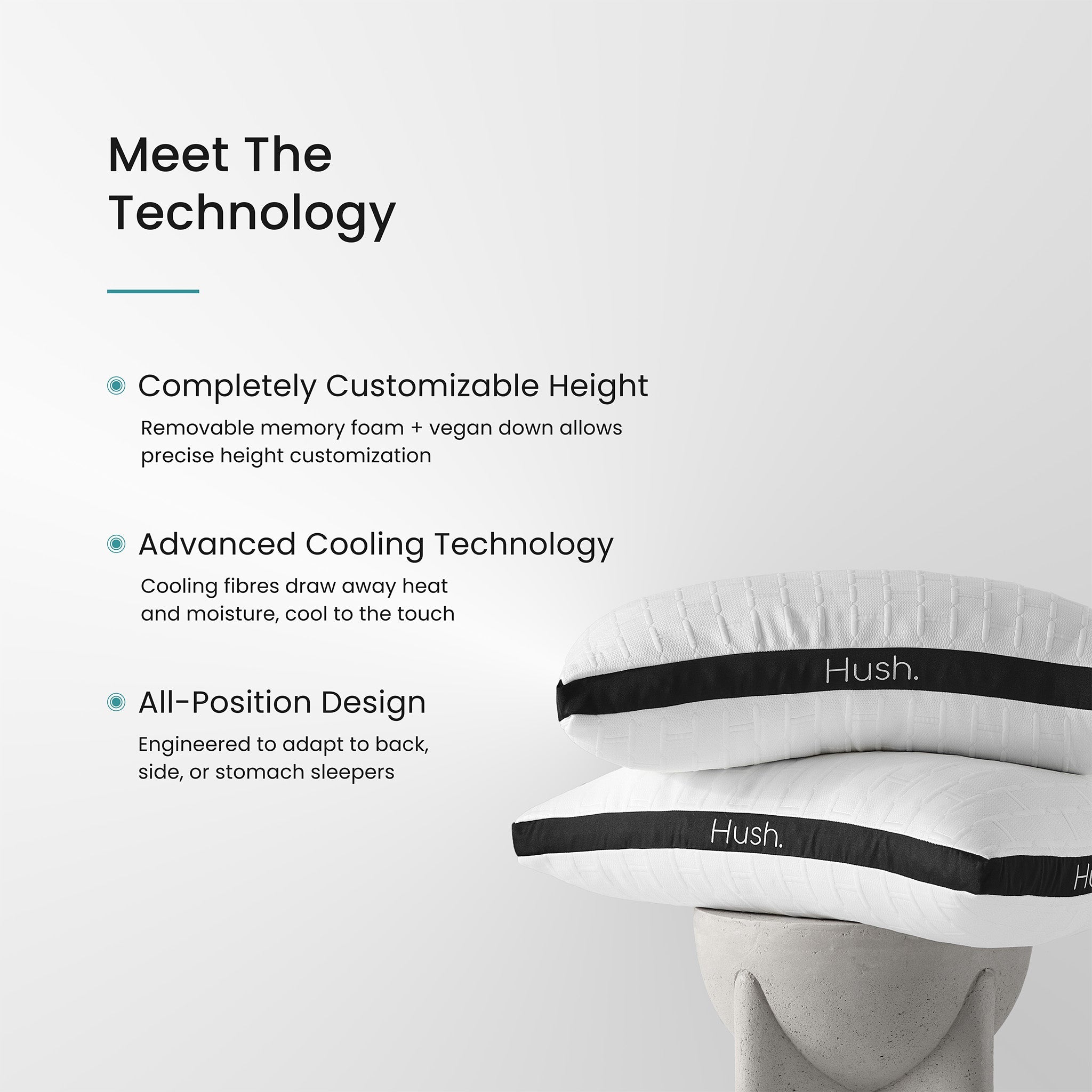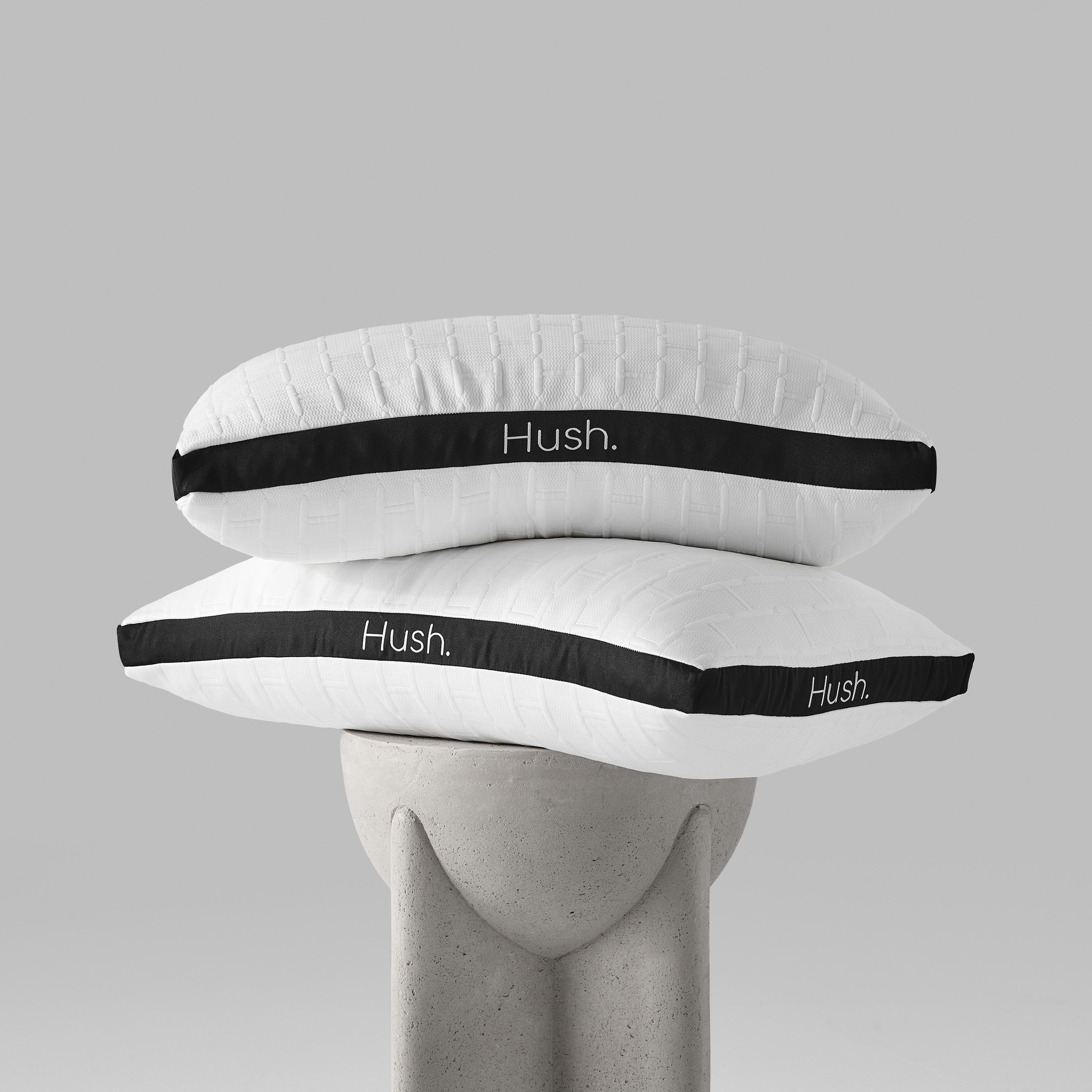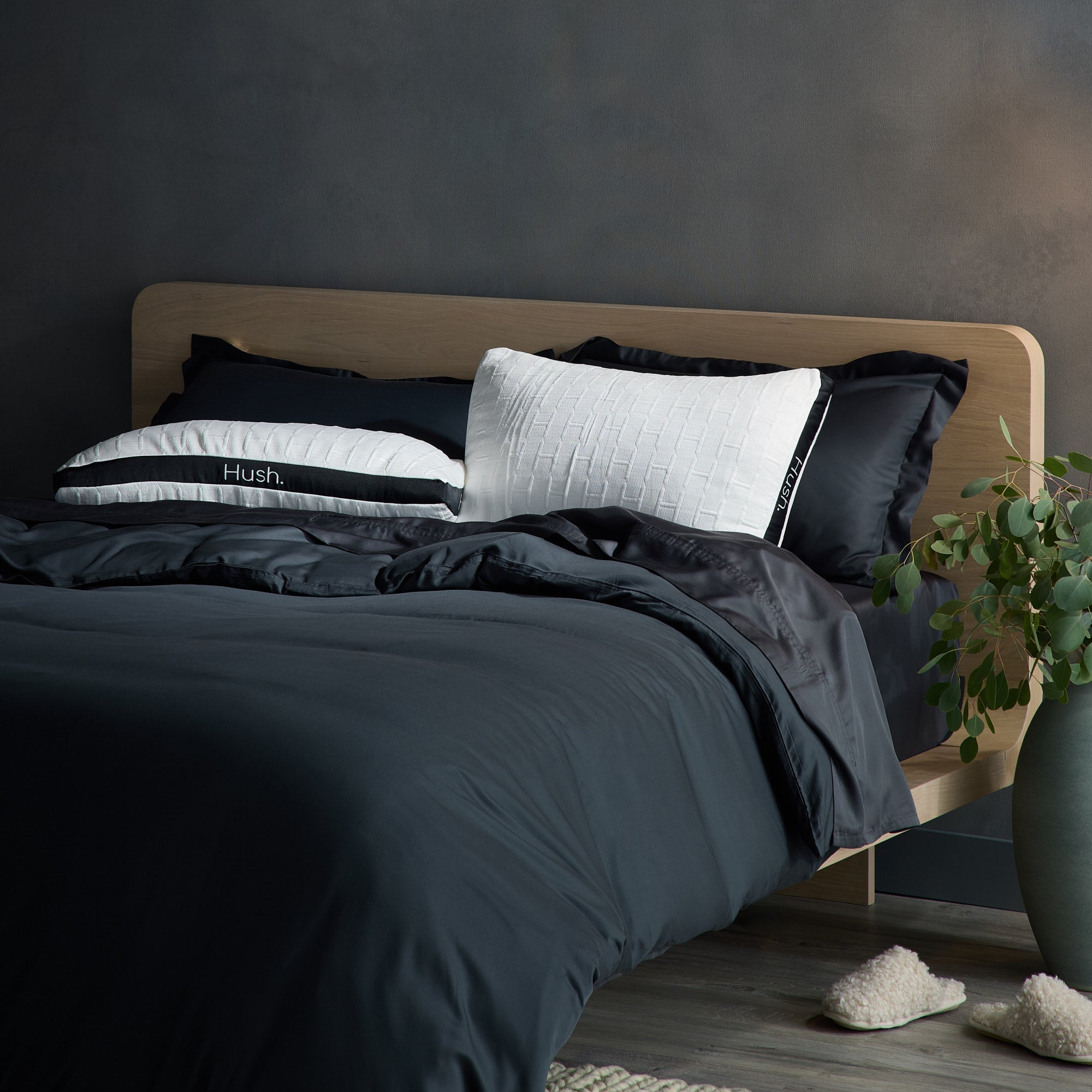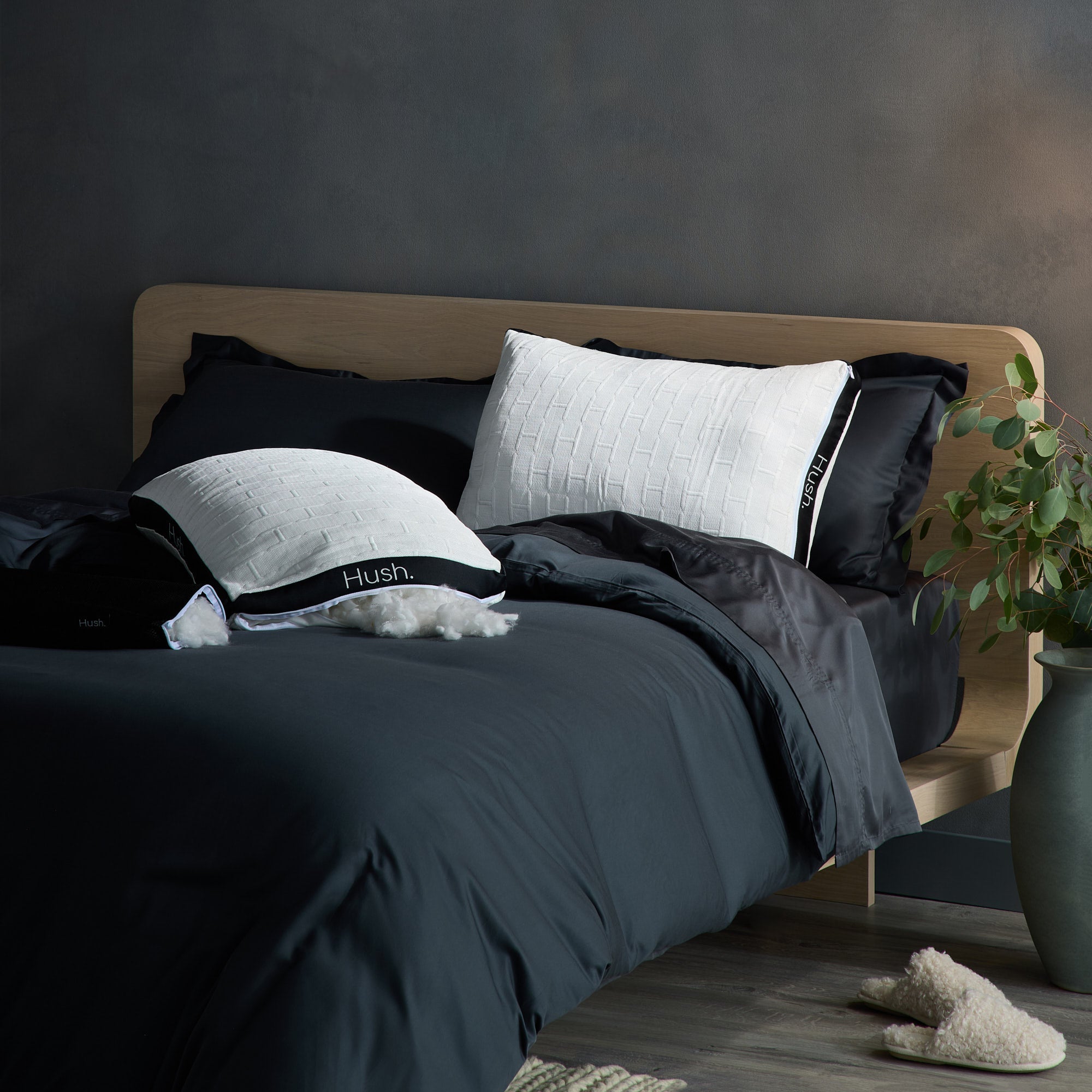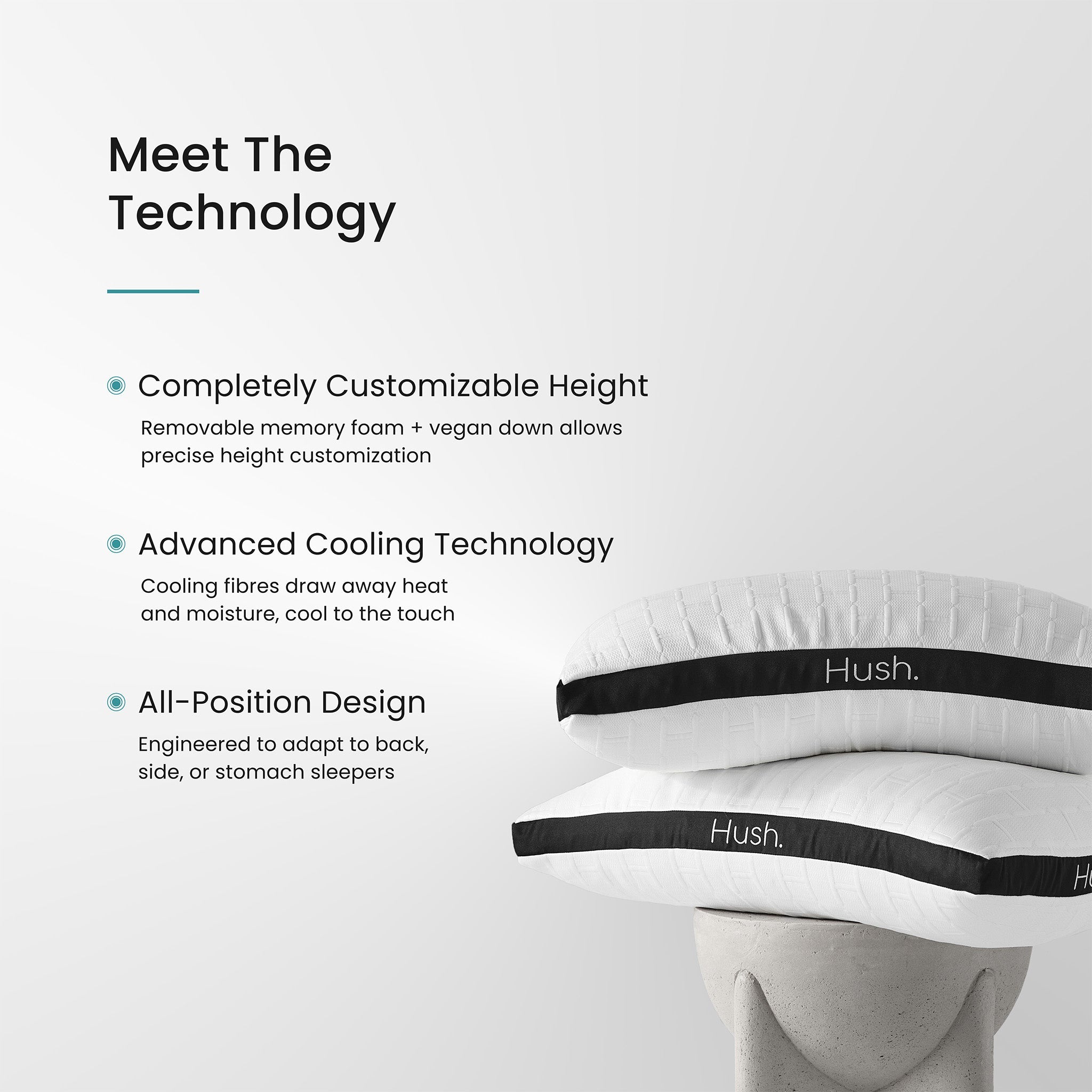Has excessive stress or tension ever kept you awake at night? When stress and tension interfere with your ability to rest and relax, deep pressure therapy can help. Also known as deep pressure touch, deep pressure stimulation, or deep pressure touch stimulation, the process overrides sensory input. Think about the relaxing effects of a soothing massage or a tight hug.
But these aren’t the only ways to experience deep pressure therapy. If you don’t want to pay for an expensive massage — and there’s no one nearby to hug! — you can get the same effects from a weighted blanket. This is a much more affordable and reliable option: it’s there whenever you need it.
Read on to learn more about what deep pressure therapy is, how it works, what it’s used for, and how weighted blankets can help.
At a glance:
What Is Deep Pressure Therapy?
Deep pressure therapy uses firm, gentle, and consistent pressure on one’s body. That’s all there is to it. The therapy may be simple, but it truly helps you relax.
There are a variety of methods to apply therapeutic pressure, but the most popular method is with weighted blankets, like the ones from Hush. We offer a wide variety of weighted blankets and duvet covers to match everyone’s different needs, and you can try one risk-free with our 100-night sleep trial. Weighted blankets are safe for everyone, from children to pregnant women.
What’s more, the use of weighted blankets for deep pressure stimulation is supported by research. A study from the Journal of Medical and Biological Engineering tested the effects of deep touch pressure by giving weighted blankets to dental patients and measuring their heart rates and other physiological biomarkers. The researchers found weighted blankets could help alleviate anxiety and promote relaxation during dental procedures.
There’s plenty more research on deep pressure therapy and weighted blankets, which we’ll cover later. For now, let’s talk about how exactly deep pressure therapy works.
How Does Deep Pressure Therapy Work?
Deep pressure therapy works by shifting the balance in your central nervous system, i.e. the main “processing center” that’s responsible for many of your body’s functions. The central nervous system has two main modes: the sympathetic nervous system and the parasympathetic nervous system. As the Cleveland Clinic explains, they have opposite but complementary roles.
The sympathetic nervous system takes over when your body is under stress: it makes your adrenal gland release stress hormones that raise your heart rate and blood pressure, among other things. In short, it prepares you for fight or flight. This response might be beneficial if you come face-to-face with an angry mountain lion, but in our modern world, there are few situations in which you really need to fight or flee.
By contrast, the parasympathetic nervous system promotes rest and digest, or the less popular rhyme, feed and breed. The parasympathetic nervous system takes over when your body perceives that you’re safe, and it lowers your heart rate and blood pressure so as to promote relaxation. In a healthy individual, this should be the default state of your central nervous system.
However, sometimes our central nervous system spends a lot of time in fight or flight mode and has a hard time shifting to rest and digest mode, meaning our body perceives constant danger even in the absence of stressors. This creates chronic anxiety, which can take the form of an anxiety disorder.
The NIH estimates that about a third of American adults deal with anxiety disorders at some point in their lives, while occasional anxiety is much more common and affects nearly everyone.
This is where deep pressure stimulation can help. A study from the American Journal of Occupational Therapy found deep pressure stimulation (in the form of a weighted vest) could arouse the parasympathetic nervous system response while suppressing the sympathetic nervous system response.
So when you’re dealing with stubborn anxiety and having trouble relaxing, deep pressure stimulation can help trigger your body’s physiological relaxation response.
What Is Deep Pressure Therapy Used For?
As we’ve just seen, deep pressure therapy can be useful for anyone who just wants a little help relaxing, but it’s especially beneficial for people with certain specific conditions. In this section, we’ll talk about some of the health conditions that deep pressure therapy has been shown to help.
It Can Reduce Anxiety, Especially for Those Prone to Anxiety
Perhaps the greatest benefit of deep pressure stimulation is its ability to treat anxiety. A study from the American Journal of Occupational Therapy tested the effects of deep pressure therapy on 23 healthy college students, some of whom were prone to anxiety. Self-reported anxiety and heart rate were measured for each participant under two conditions: in confinement without deep pressure stimulation, and again with deep pressure stimulation.
The researchers found subjective relaxation was higher when participants were using deep pressure stimulation. The effect was much more significant among participants who had high levels of anxiety, suggesting deep pressure stimulation is especially helpful for those who regularly deal with anxiety.
It Can Help Those With Autism or Intellectual Disabilities
As neuroscientist Emily Keuhn explains in an article for Harvard's Science in the News, deep pressure therapy has been found to be beneficial for those with Autism Spectrum Disorder (ASD).
Keuhn notes that this may seem counterintuitive, as many with ASD are hypersensitive to touch. But social touch is unpredictable, whereas patients know exactly what to expect when, for instance, they use a weighted blanket.
A study from the Occupational Therapy Journal backs this up. Researchers found deep pressure therapy could significantly improve the mood and behavior of a majority of young people with autism or other intellectual disabilities.
It Can Help Children With Attention Deficit Hyperactivity Disorder
Deep pressure stimulation is also a popular treatment for children with attention deficit hyperactivity disorder (ADHD). A study from the American Journal of Occupational Therapy used weighted vests to test the effects of deep pressure therapy on four children with ADHD. The researchers found on-task behavior increased in all four children. In fact, three of the four children liked the vests so much that they asked to wear them even when they weren’t being observed.
While this was a very small study, these findings have been replicated in larger studies. A controlled trial from Temple University of the effects of deep pressure therapy on 88 children with ADHD found a majority benefited from the deep pressure treatment. Specifically, the researchers found improvements in the behavior and ability to focus in the children who received deep pressure treatment, saying they were more “at ease.”
What’s a Deep Pressure Blanket?
We’ve seen how beneficial deep pressure stimulation can be, but what’s the best way to receive this type of therapy? Massages, tight hugs, and weighted vests can all stimulate deep pressure, but there’s a more practical and affordable option: weighted blankets. You might sometimes hear these referred to as deep pressure blankets, but both terms refer to the same thing.
Weighted blankets have all the same benefits as these other options, but they’re even more practical, versatile, and cozy. They can help you relax and fall asleep as you snuggle into bed, but you can also cuddle up under your weighted blanket when lounging on the couch, or even when you’re sitting at your desk. Use it whenever and wherever you need!
Research on Deep Pressure Blankets
The use of weighted blankets for deep pressure stimulation is backed by scientific research. A study from Occupational Therapy in Mental Health tested the effects of a 30-pound weighted blanket on 32 adults, and a majority reported less anxiety and more calm feelings while using the blankets.
A more recent systematic review from the American Journal of Occupational Therapy in 2022 analyzed eight studies on weighted blankets, finding there was good evidence to support the use of weighted blankets to relieve anxiety.
How to Choose a Weighted Blanket
If you’re ready to try a weighted blanket to experience the benefits of deep pressure therapy for yourself, there are a few things to keep in mind.
First is size: smaller is usually better when it comes to weighted blankets, because you don’t want any part of the blanket hanging off the edge of the bed (unlike normal blankets). A twin will work fine for most people, whereas a queen-sized blanket is better for couples or people sharing a blanket.
You’ll also want to consider weight. As a general rule, go for something that’s about 10% of your body weight. If you’re between two standard weights, go for the lighter one.
Try Hush Weighted Blankets for Deep Pressure Therapy
To recap, deep pressure therapy helps alleviate stress by activating your body’s relaxation response, and weighted blankets are a practical and affordable way to achieve this. Research has shown that weighted blankets can improve anxiety. Plus, they’re super comfortable!
But what’s the best weighted blanket on the market? We worked hard to make our Hush blankets better than any others you’ll find. We use only the highest-quality materials — no plastic, no glue, nothing toxic whatsoever. The weight comes from fine glass sand, which is sewn directly into multiple small pockets in the inner lining of the blanket, ensuring the weight stays evenly distributed. We use a proprietary sewing machine just for this purpose.
What’s more, we offer a wide variety sizes and duvet covers to suit your every need. If you’re a hot sleeper, you’ll love our Hush Iced 2.0, made from cooling organic bamboo fabric. If you want something warmer, you can try the Classic with its super-soft minky cover. Can’t decide? Go for the 2-in-1 blanket, and experience the benefits of both! We also offer knit covers for those who love textured blankets.
Try one of our blankets today to see how effective deep pressure therapy can really be, and rest assured that you can send it back for a full refund if you don’t love it after 100 nights.






